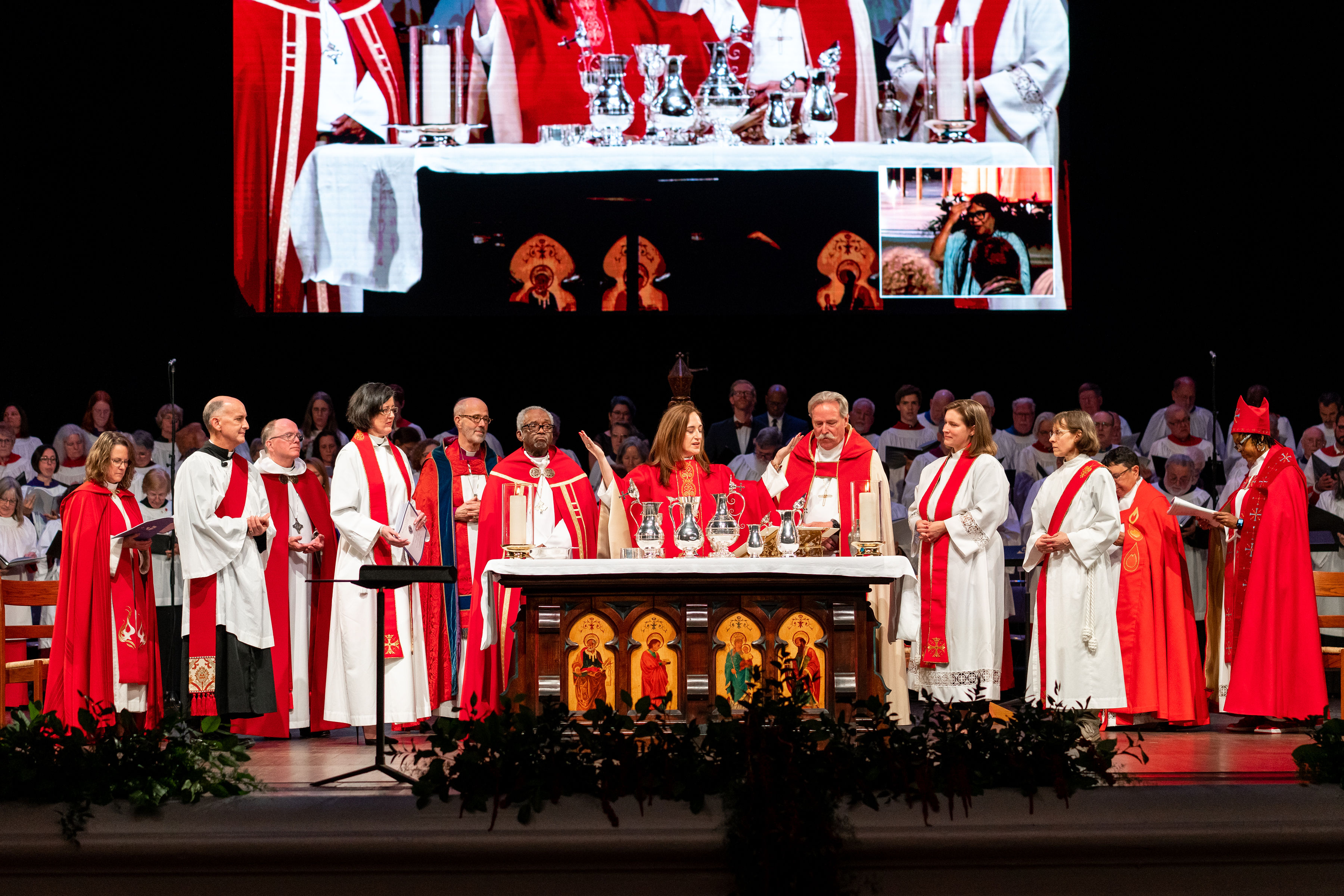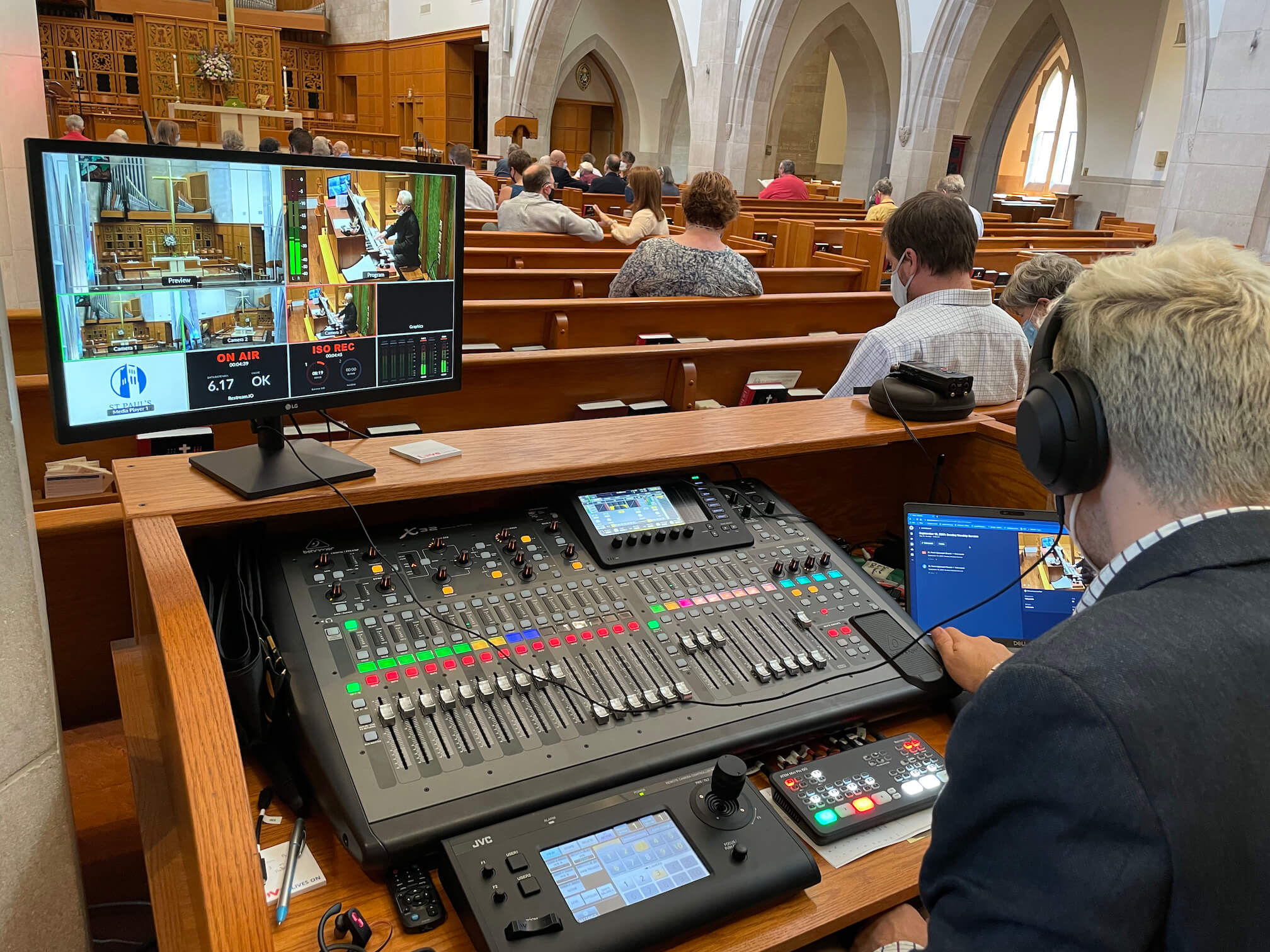Our History
Our History
Inspired by a desire to seek, serve, and love God in innovative ways, forty-five families came together and established St. Paul’s Church of the City of Cleveland in 1846.
1846
St. Paul’s Parish was founded in downtown Cleveland as a “low church” breakaway church from Trinity Parish. Services were initially held in the Seneca Block building (American House) on West 3rd and Superior.
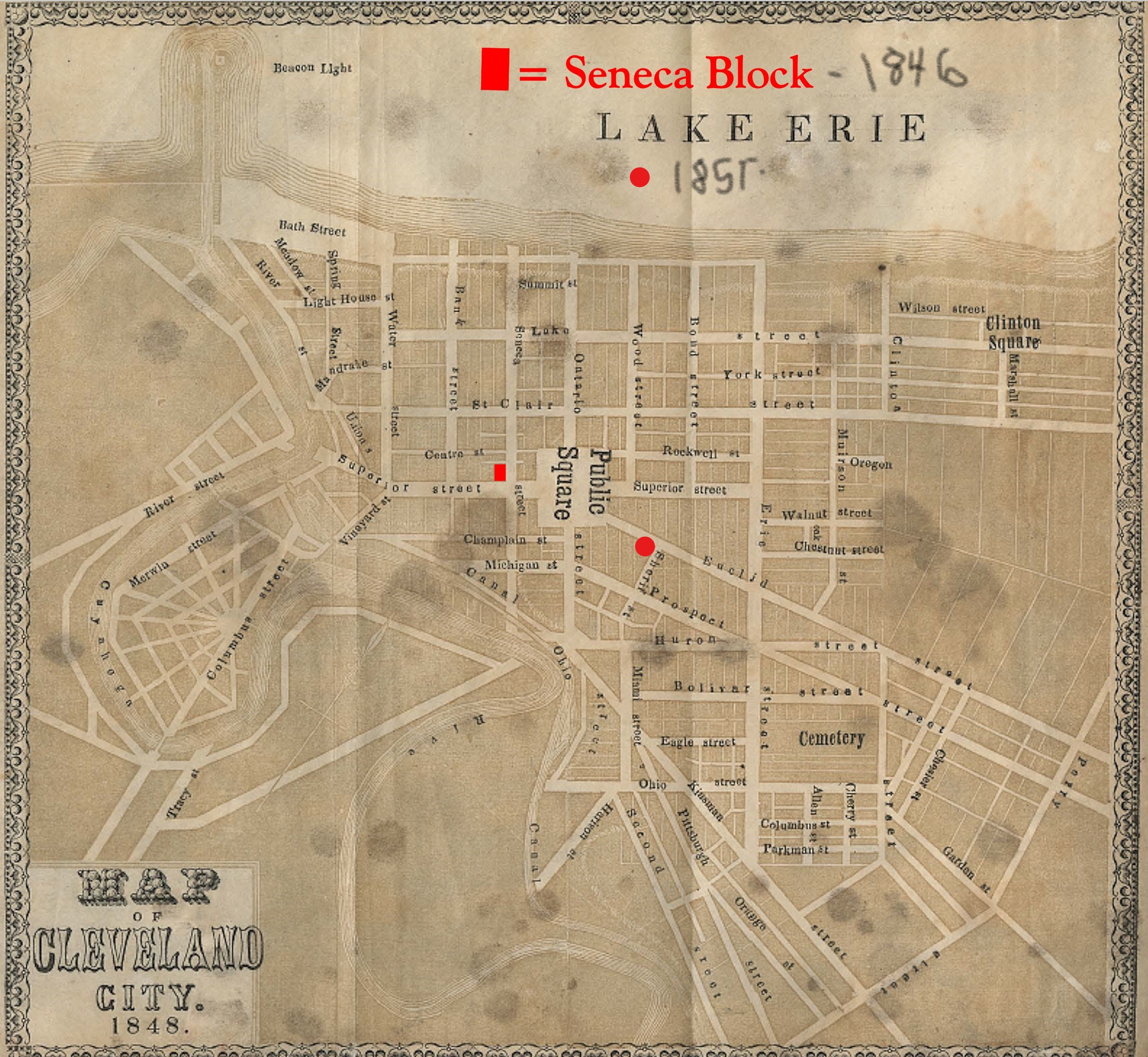
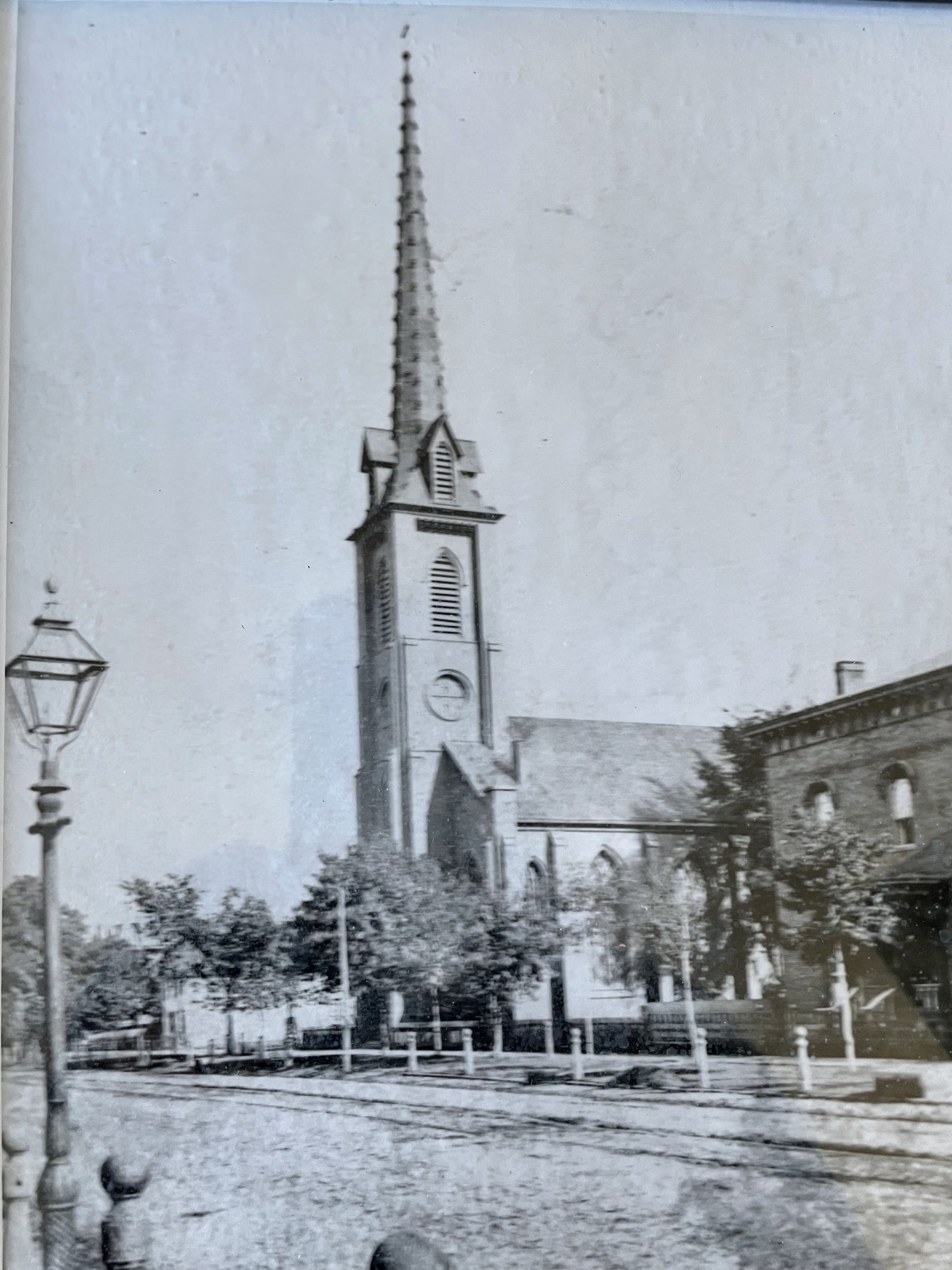
1851
After a fire destroyed the inaugural church on the corner of Euclid and East 4th ten days after completion in 1849 (considered by many to be “too far east”), the parish quickly rebounded, raised funds for a second construction, and moved into their new church in 1851.
1863
The Reverend Julius Rylance, a British supporter of the abolition of slavery, was recruited to become the fourth Rector of St. Paul’s by the Rev. Charles McIlvaine, second Bishop of Ohio. President Lincoln sent Bishop McIlvaine on a mission to England and preached at Rylance’s ordination at Winchester Cathedral.
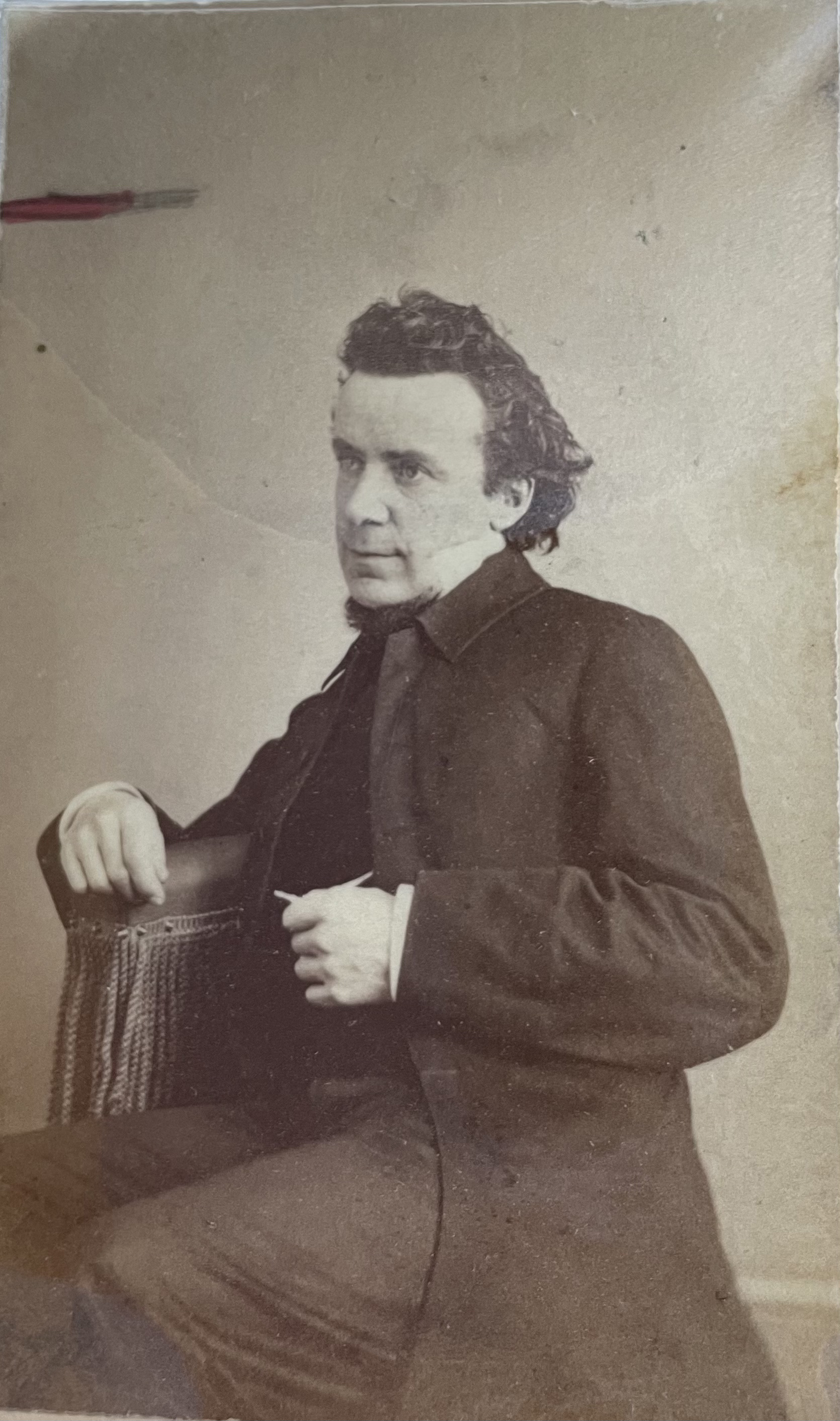
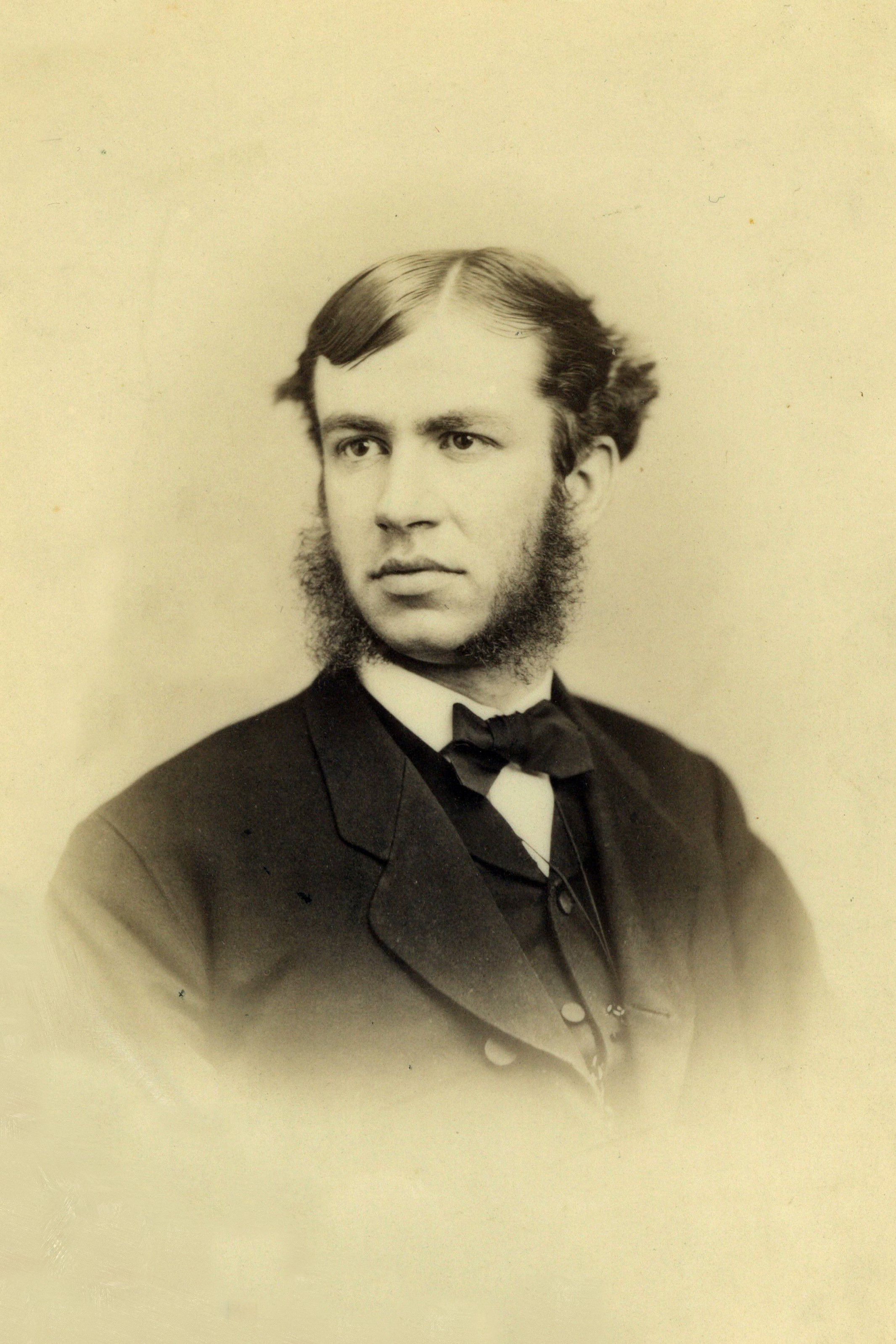
1867
The Reverend Frederick Brooks was called to be our fifth Rector. At age 25, Brooks was our youngest rector. Brooks actively expanded both the mission and evangelical works of St. Paul’s.
1874-1876
Recognizing the population shifts eastward, St. Paul’s purchased land at the corner of Euclid and East 40th St. under the leadership of Rev. Brooks.
The much beloved Brooks died tragically in 1874 at age 32 and never lived to see the new church built.
In 1876, the new church was completed and, at the time, was the largest, most impressive, and most fashionable church in Cleveland.
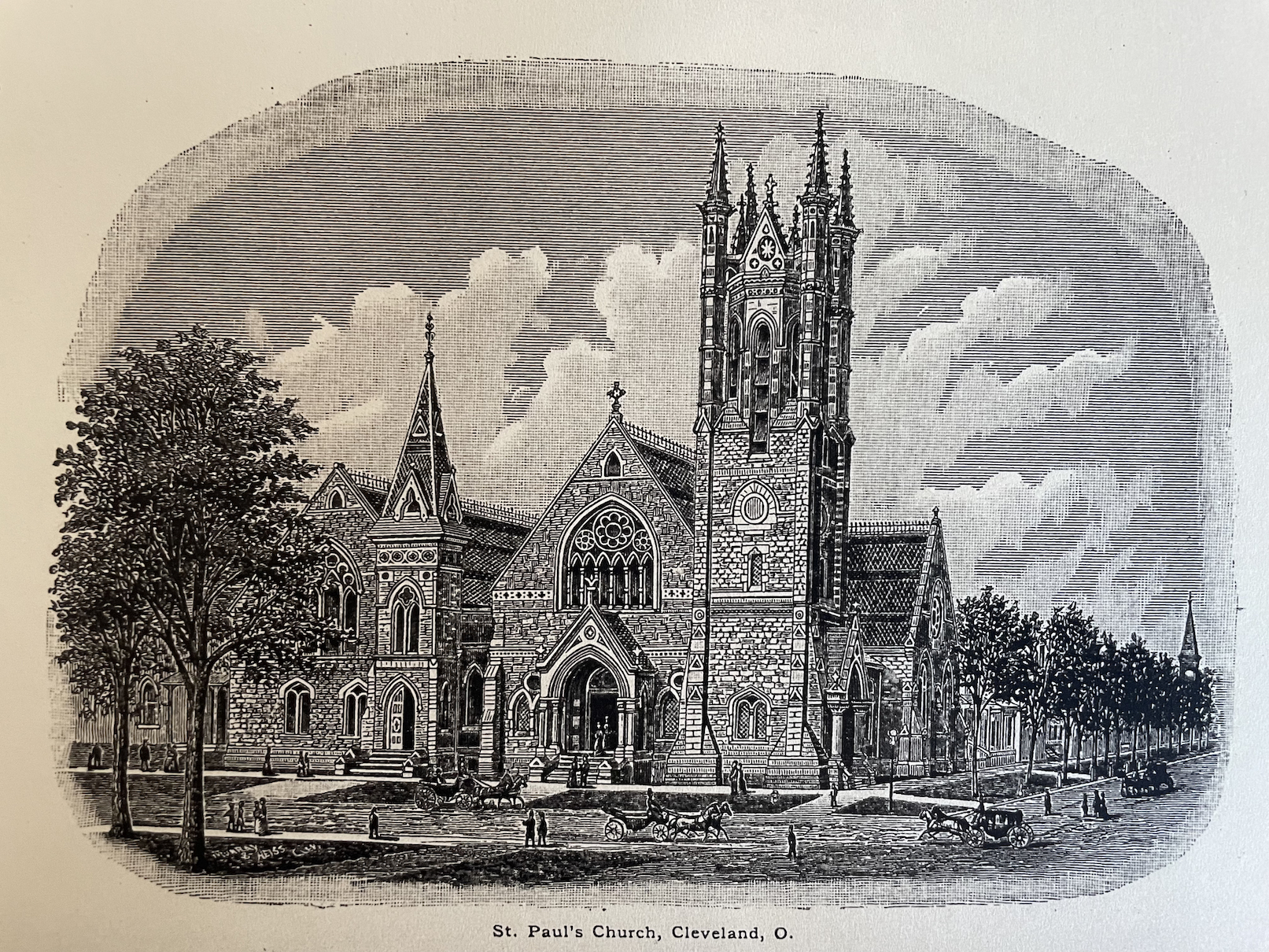
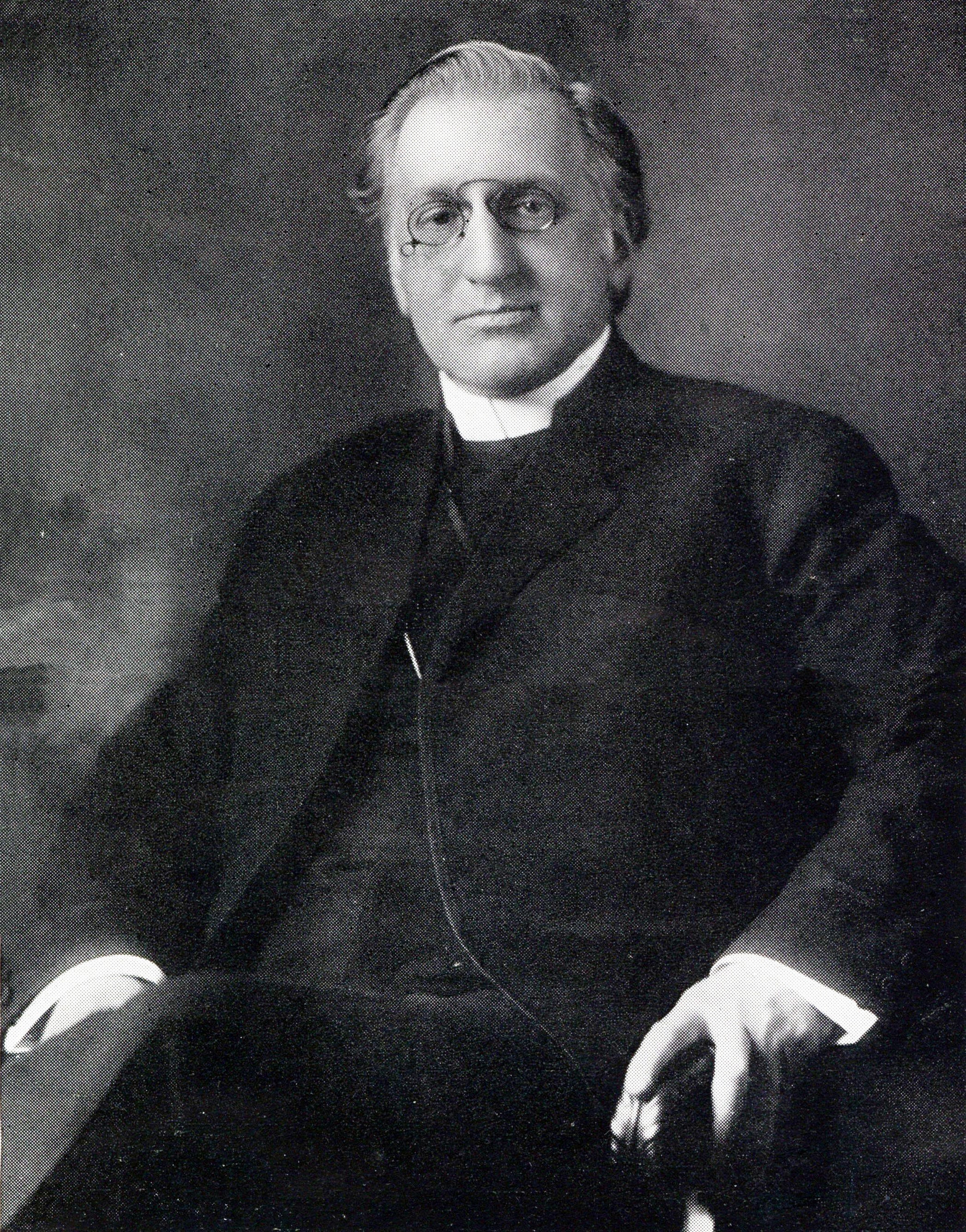
1907
After a 10-year decline under an unpopular rector, the Vestry elected The Rev. Dr. Walter Breed as the tenth Rector of St. Paul’s. It was said that Breed embodied the Latin meaning of the word ‘rector’—ruler! Dr. Breed was the longest-serving rector of St. Paul’s (32 years) and was a renowned preacher, intellectual, and aesthetic.
1923
Like Frederick Brooks, Dr. Breed also recognized the eastward movement of residential communities. Declining an invitation to merge with St. Alban’s, Breed decided to join with St. Martin’s but believed the Shaker Heights property to be “too small” (where the current Christian Science church stands at Fairmount & Lee). Dr. Breed and the Vestry chose a site at the corner of Fairmount and Coventry for a future merged St. Paul’s and St. Martin’s.
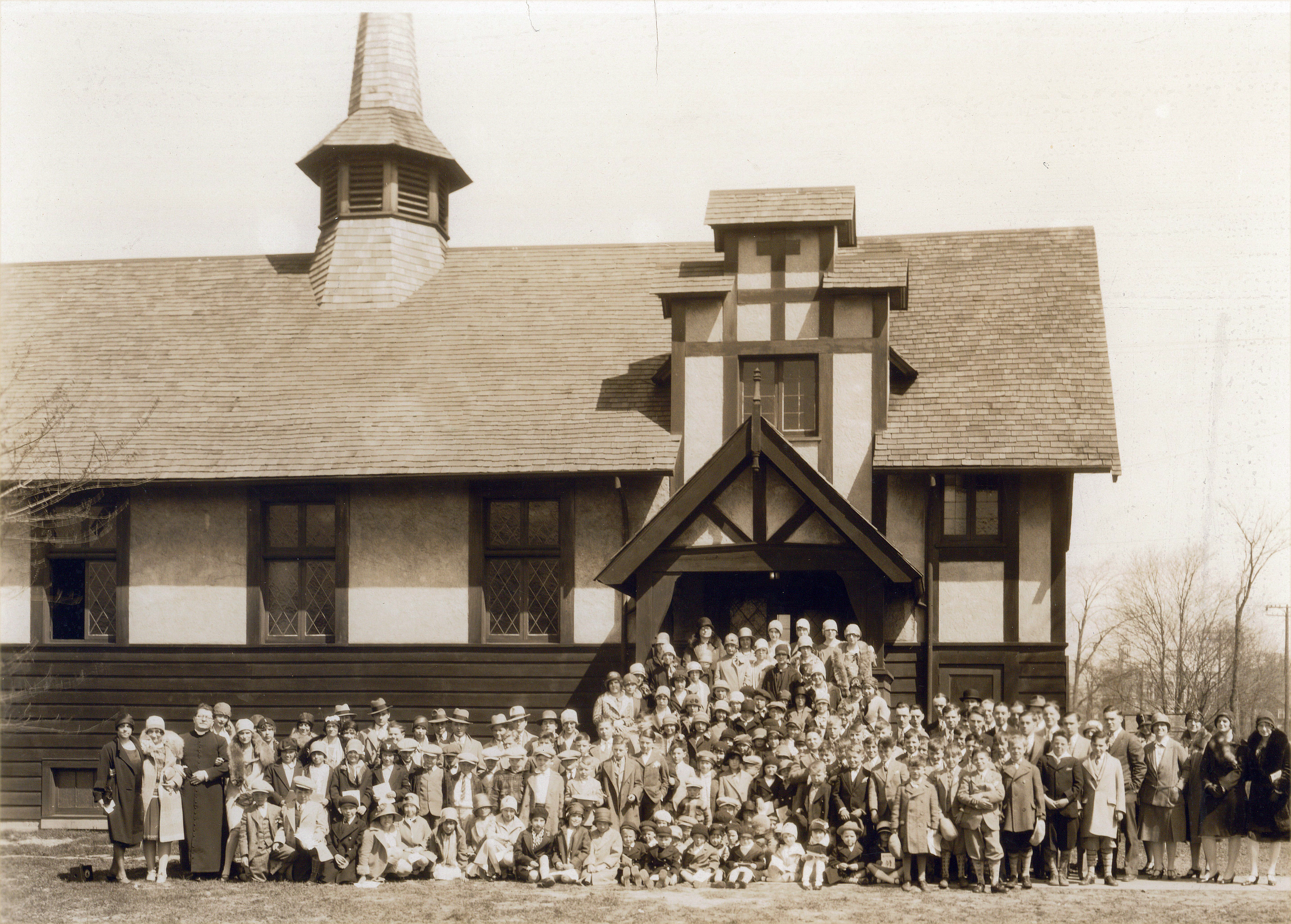
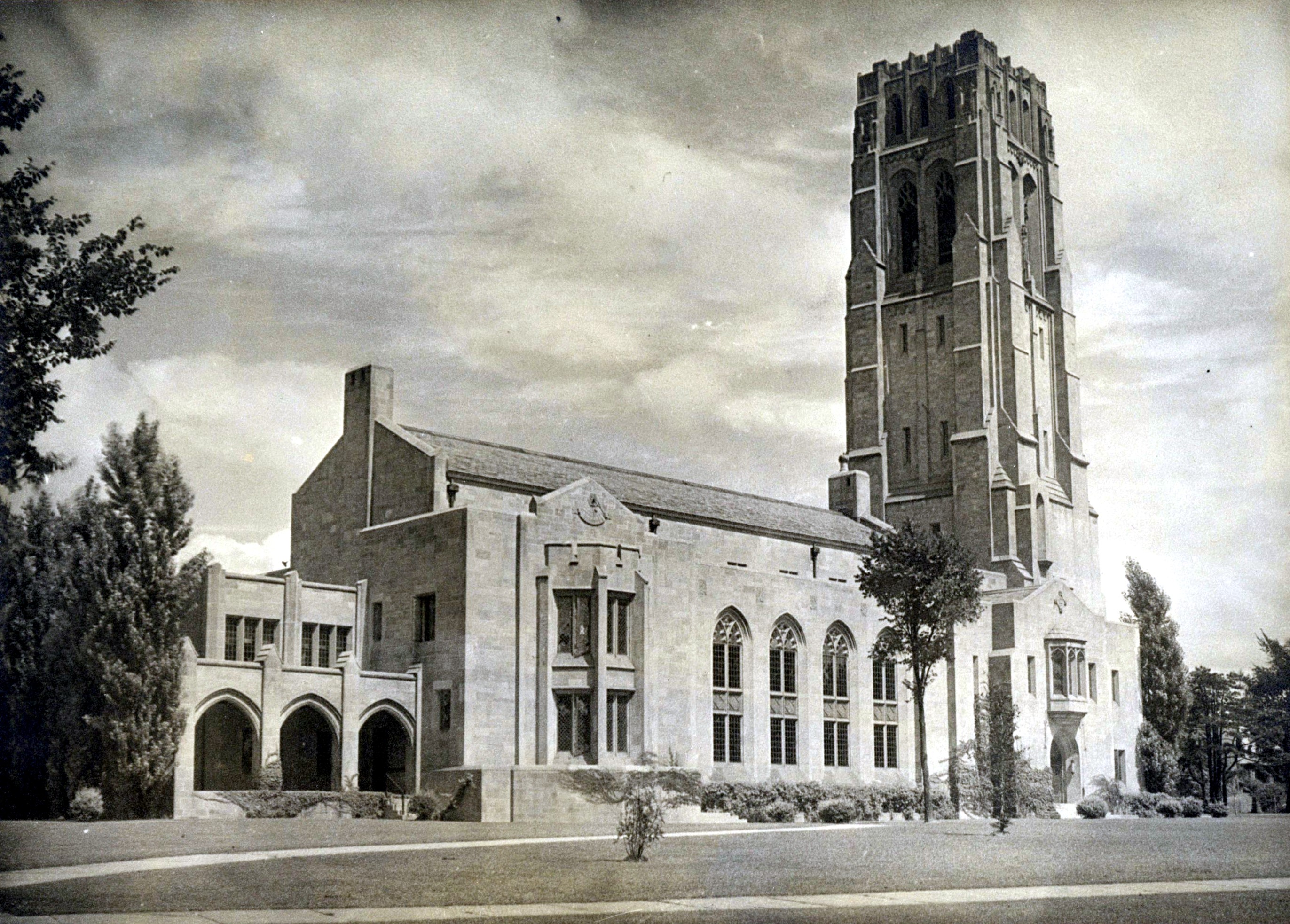
1928
Despite protests from St. Alban’s, St. Paul’s was permitted to relocate to the Heights. Dr. Breed largely influenced the design of our current church. Upon the move to the Heights, pew rentals were discontinued. The first services were held on Palm Sunday in 1928. The bell tower and the Brooks Room were dedicated later that year. The first carillon bells were installed in 1929, and the instrument was completed in 2023.
1928-1951
The depression and a second world war prevented the raising of funds to build the intended nave. The parish worshiped in what is now Tucker Hall, but it was always intended to be the parish hall. The pews were moved from the E. 40th St. location.
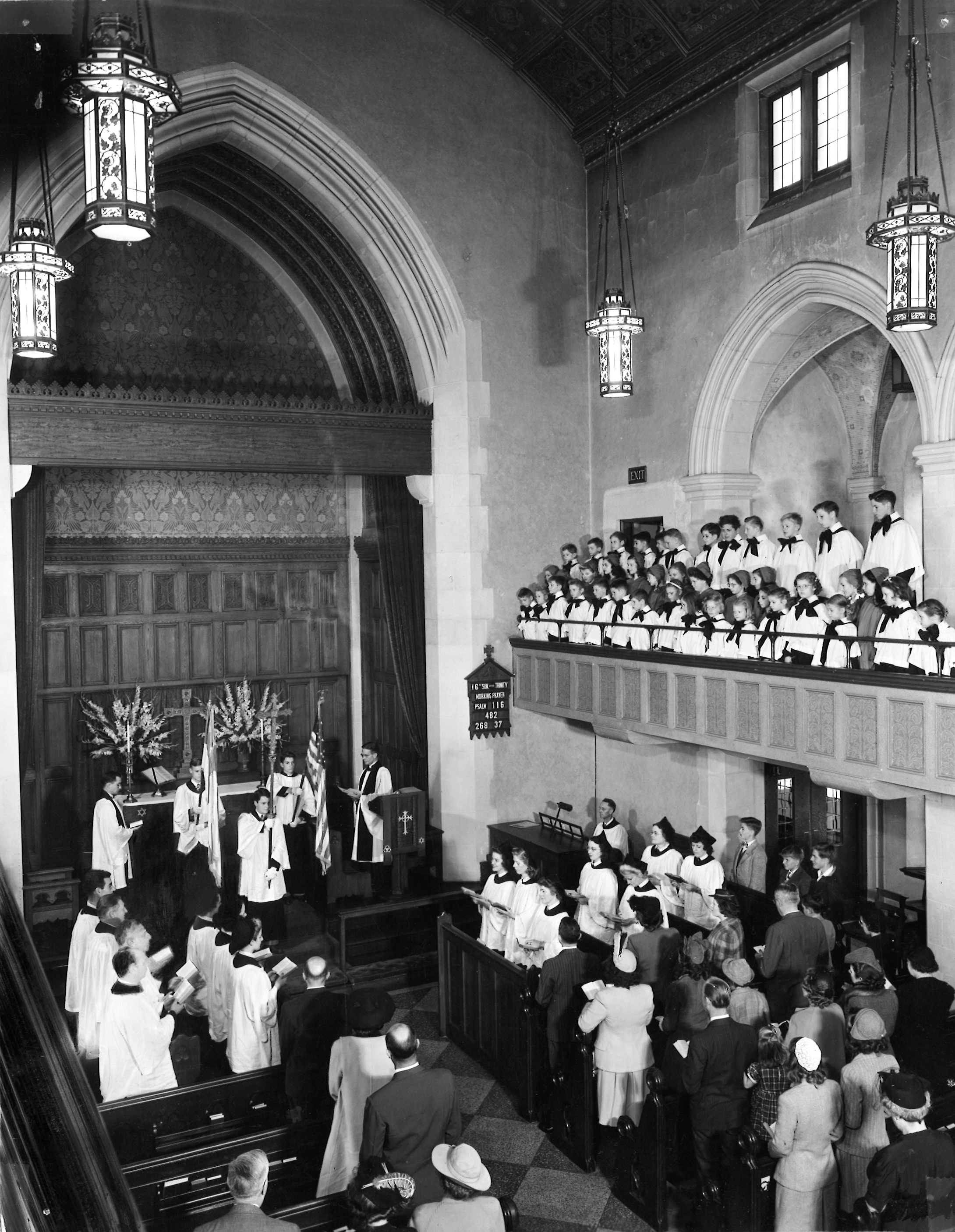
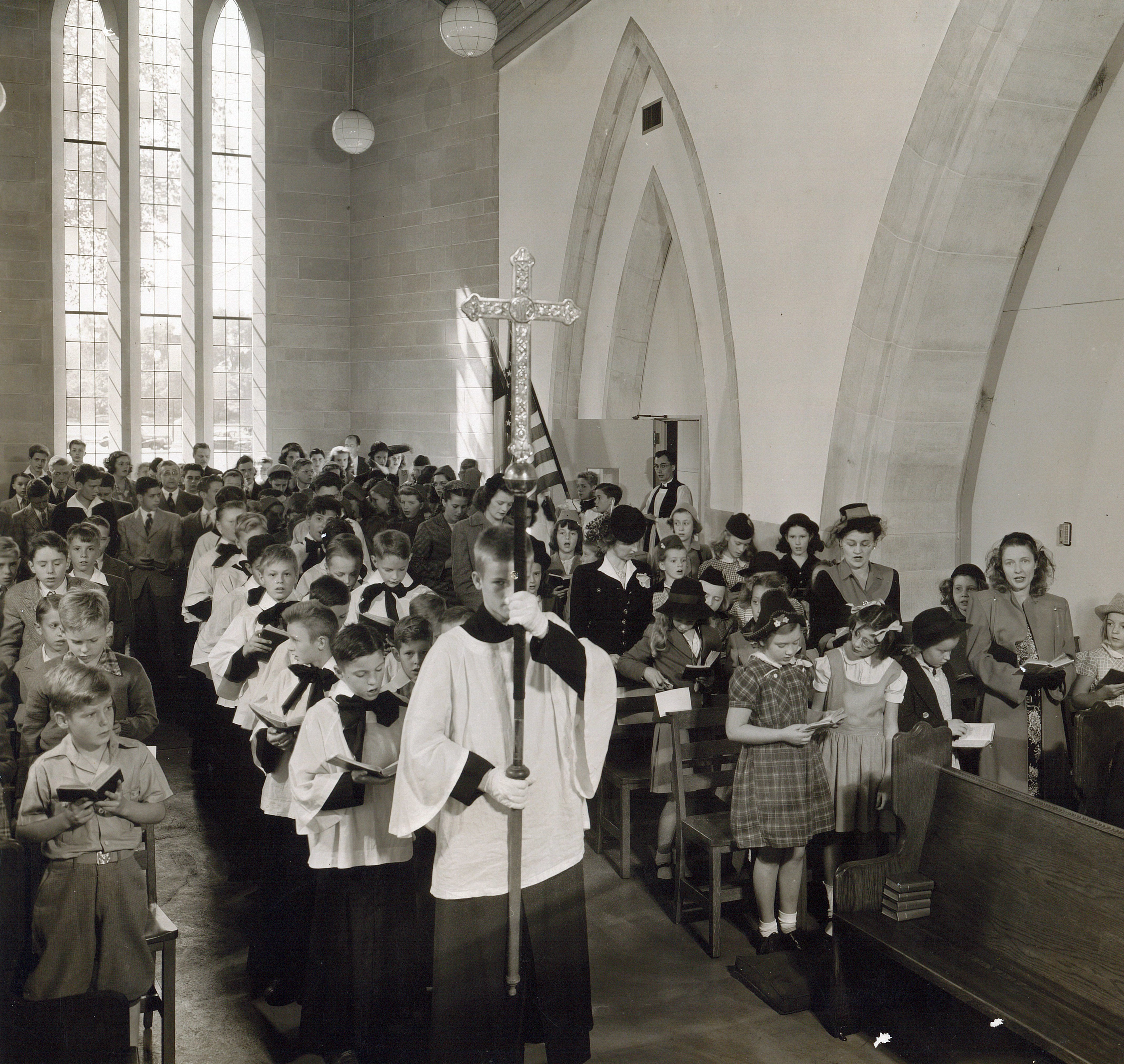
1939-1947
Due to the need for Sunday school space, under The Rev. Theodore Evans, 11th Rector of St. Paul’s (1939-1947), the plans for the new nave were laid out, and St. Martin’s Chapel was erected to a height of 20 ft. for temporary classroom space. Evans was the first rector in the diocese to introduce coffee hour following services.
1950 - 2000
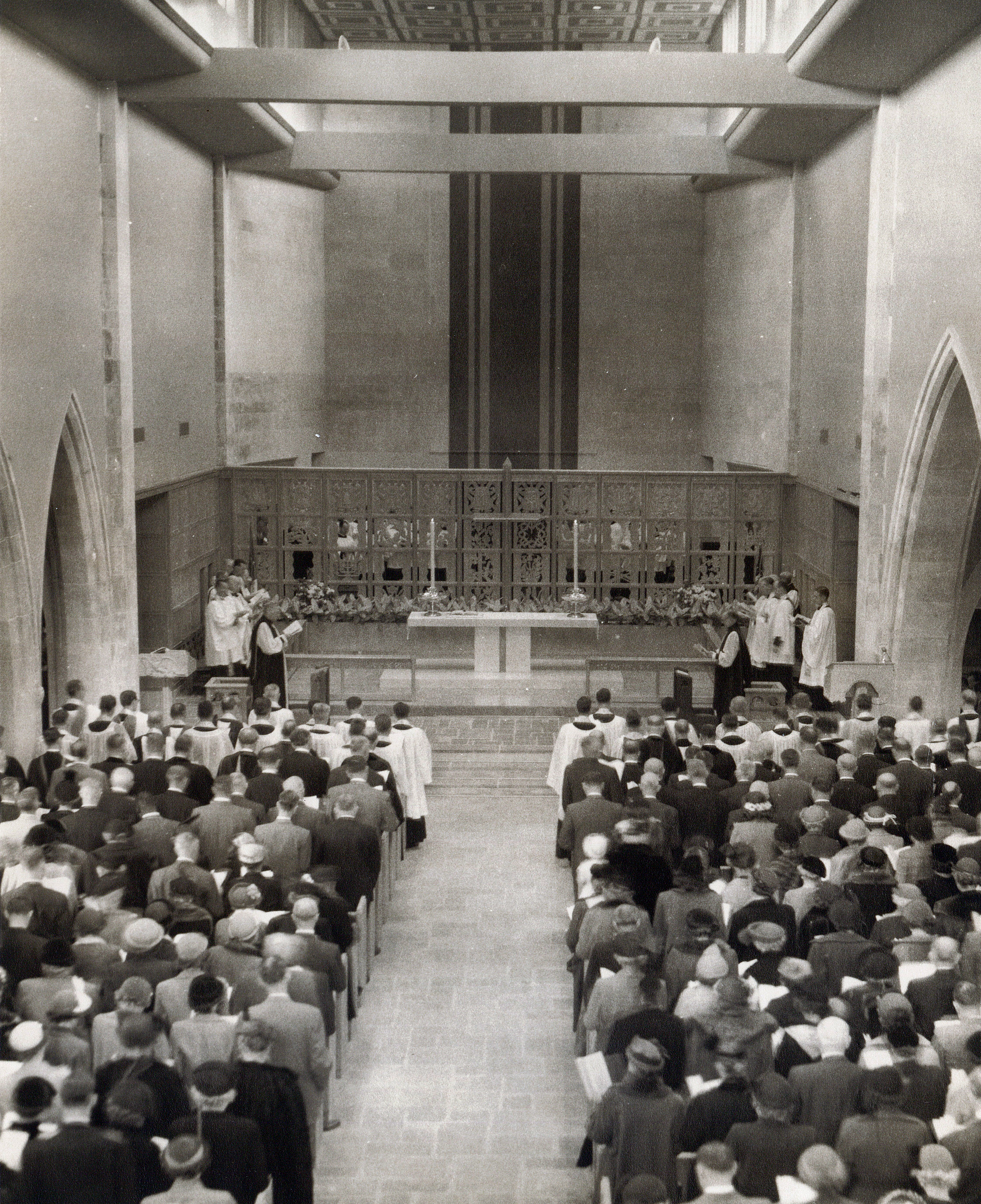
1951
With construction costs escalating, plans for the new nave were scaled back from the original Gothic architecture to a shorter space with a flat ceiling. Influenced by modern ideas of the Liturgical Movement, The Rev. John O’Hear, 12th Rector of St. Paul’s (1947-1960), modified the design mid-construction and moved the altar from the far end behind the choir stalls towards the middle of the nave so nothing separated it from the people. The nave was dedicated in 1951.
1952
The Holtkamp Organ was designed under the guidance of Walter Blodgett, Organist-Choir Director of St. Paul’s (1949-1974) and Curator of Music at the Cleveland Museum of Art. Unlike more traditional organs of the time, the Holtkamp provided the means to perform the range of sounds of the Renaissance, baroque, and classical periods and the more overtly expressive qualities associated with nineteenth and twentieth-century music. It was pictured in Encyclopedia Britannica and was dedicated in 1952.
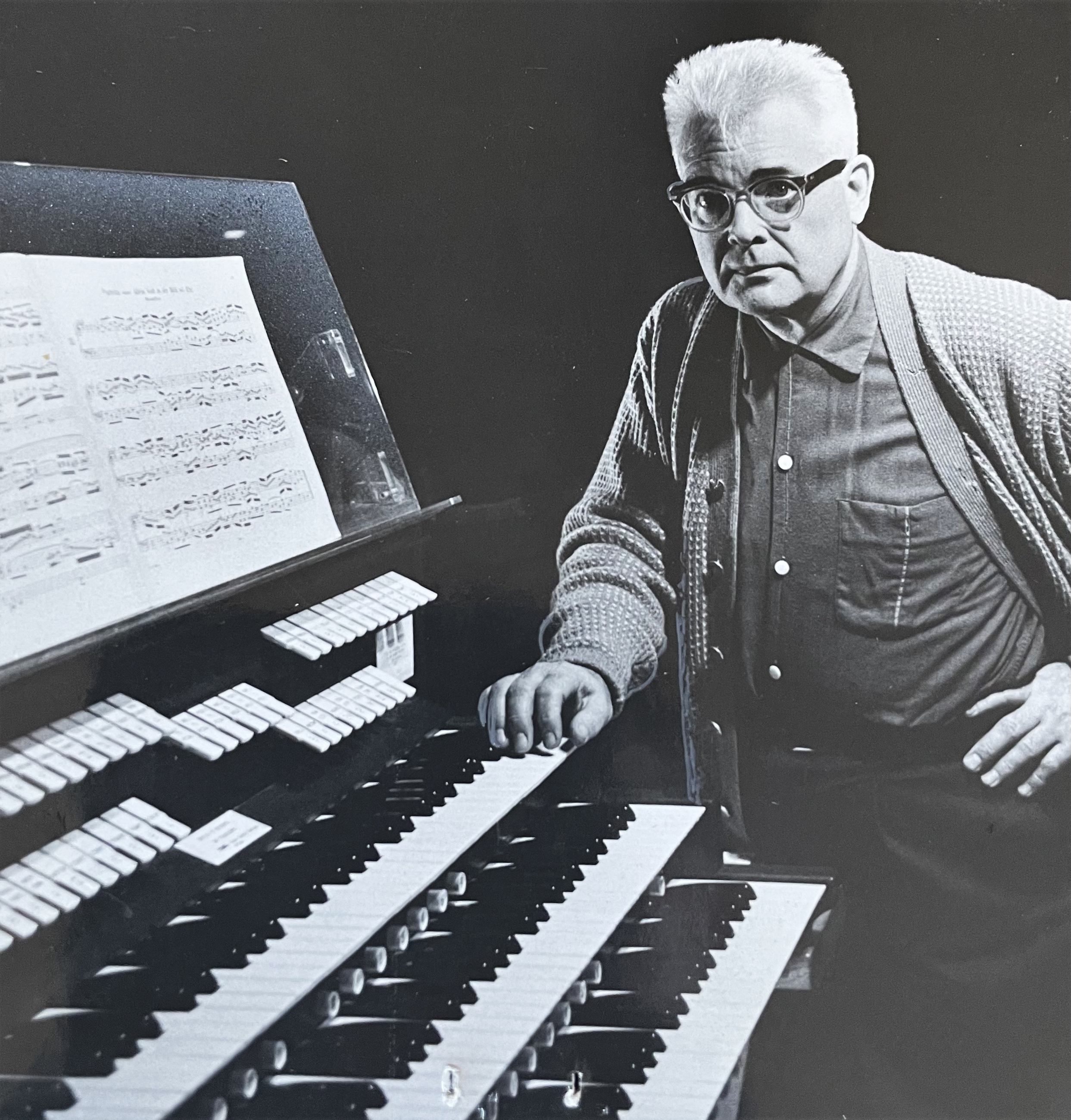
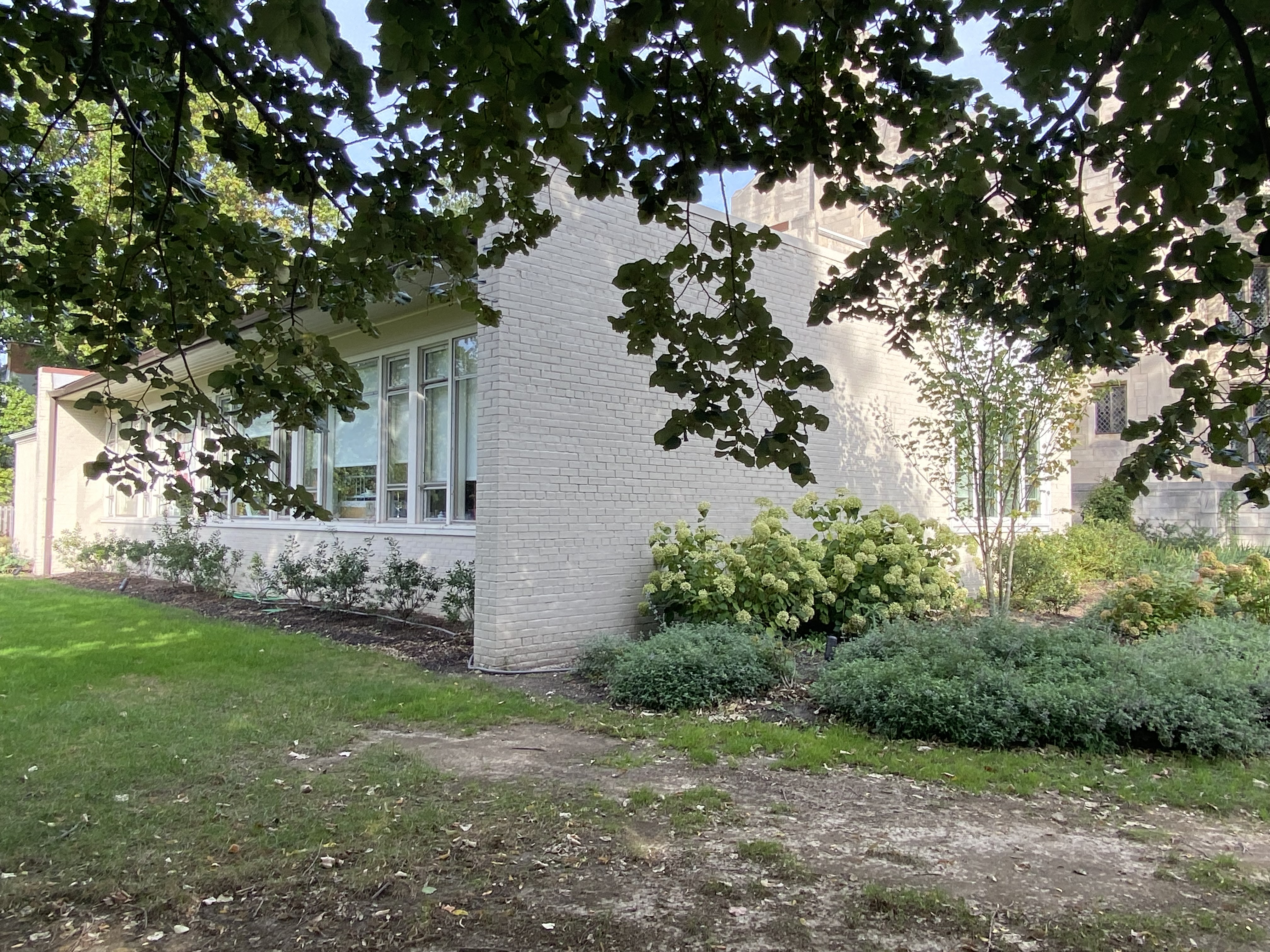
1956
The space for church school classes was so tight that classes were held at Roxboro Elementary School. The nursery wing was added with its three large classrooms. It later became home to a preschool started by St. Paul’s and now is home to the Act II Shop.
1963
St. Paul’s and The Rev. Chave McCracken, 13th Rector (1961-1982) made headlines by inviting the Rev. Dr. Martin Luther King Jr. to speak at St. Paul’s just after he was released from jail in Birmingham. Dr. King overwhelmed his audience with a preview of his “I Have a Dream” speech. While Dr. King visited other “white” churches, St. Paul’s was the only one to invite him to speak inside.
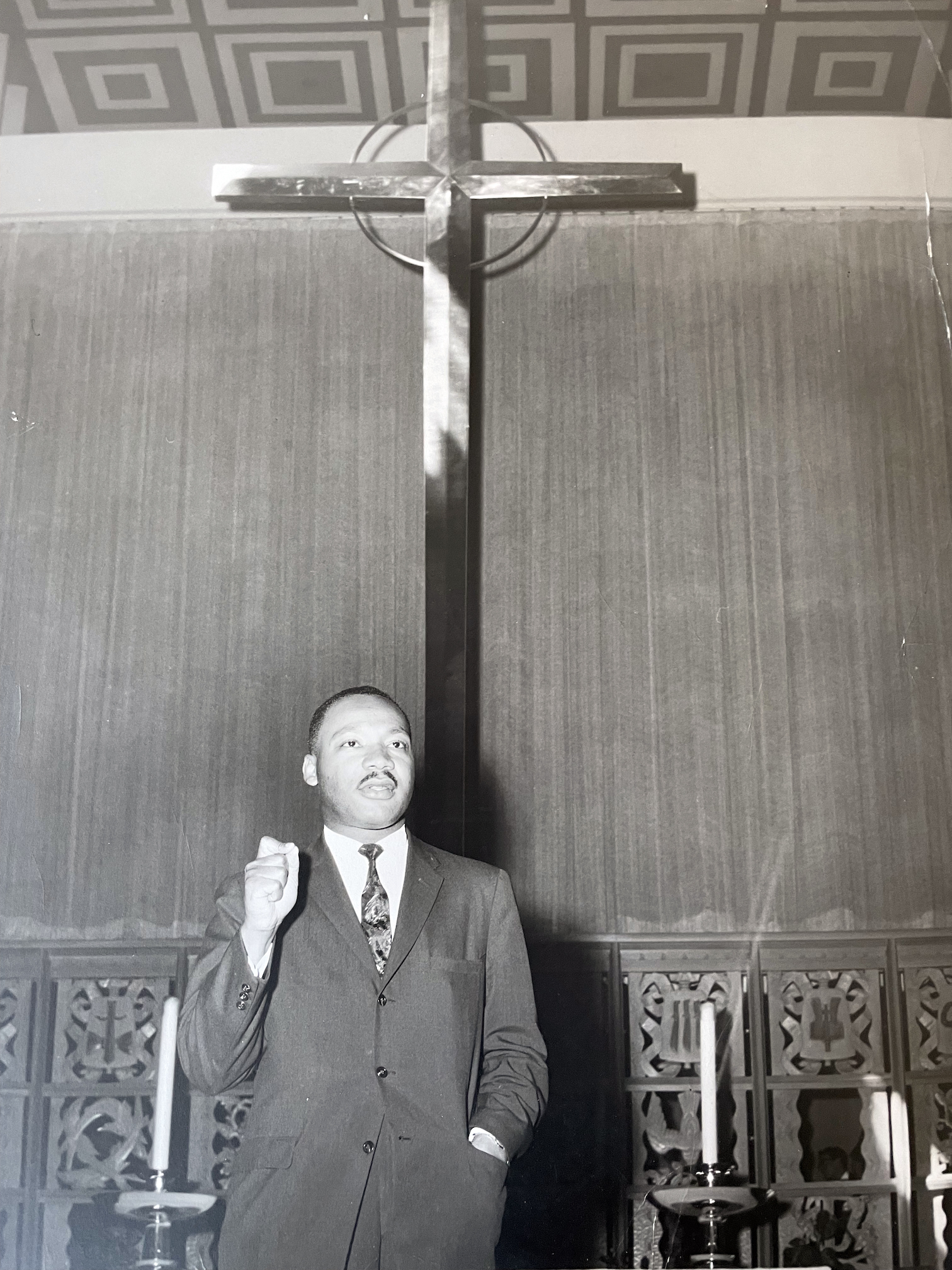
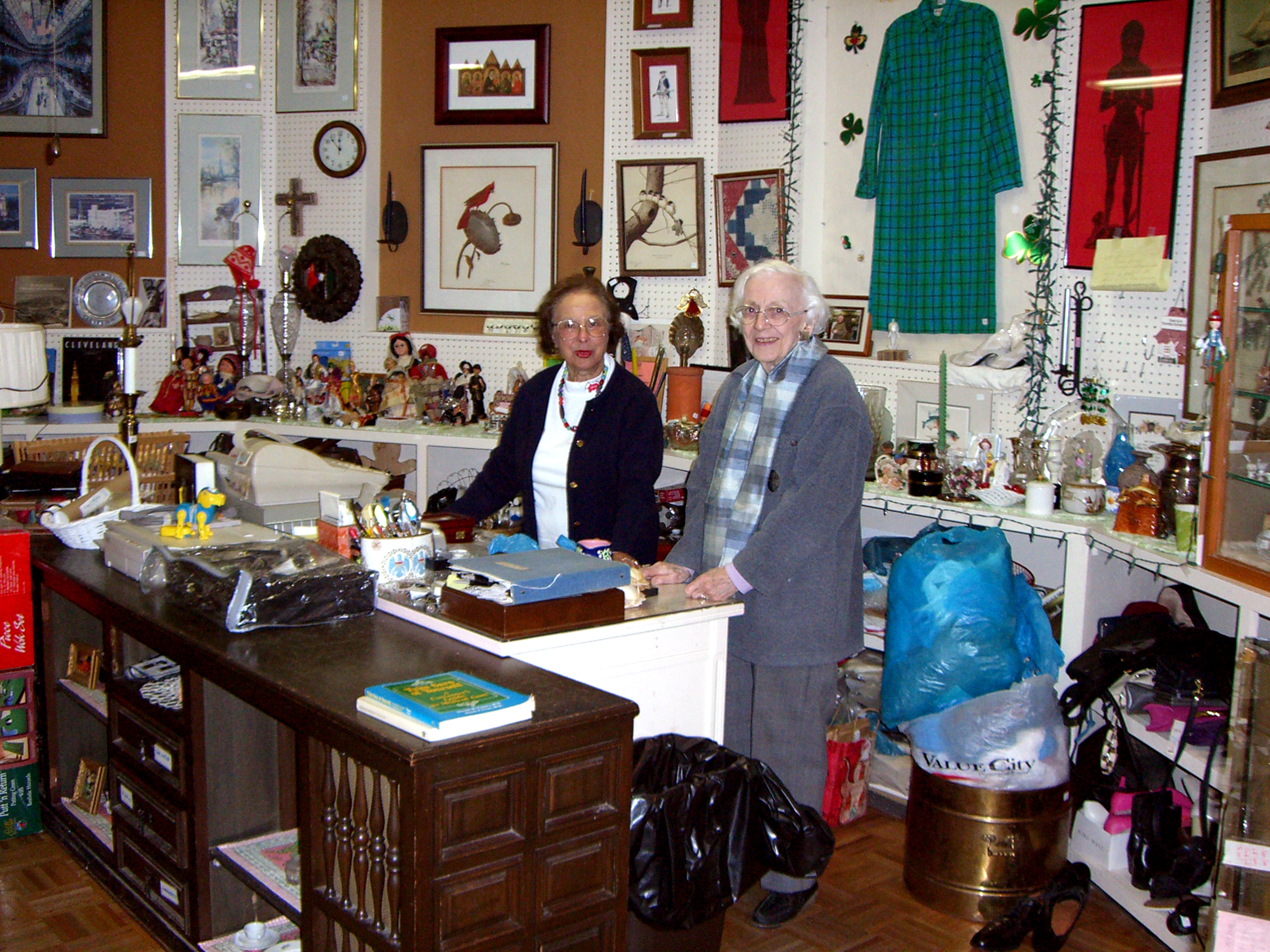
1975
The Side Door thrift shop was founded in the church basement level. In 2006, the shop was rededicated as the Act II Shop. Bursting at the seams, the shop relocated to the former preschool space in 2020.
1985
A generous gift enabled St. Paul’s to add a second organ in the balcony under the superb leadership of Organist and Choir Director, Karel Paukert, who joined St. Paul’s in 1979 and remained active through 2023. Built by Austrian Gerhard Hradetzky, the new organ (installed in 1985) synthesized the Austrian, German, and primarily Italian baroque styles.
The Slajch Positive Organ was gifted in 2002, and our harpsichord in 2005.
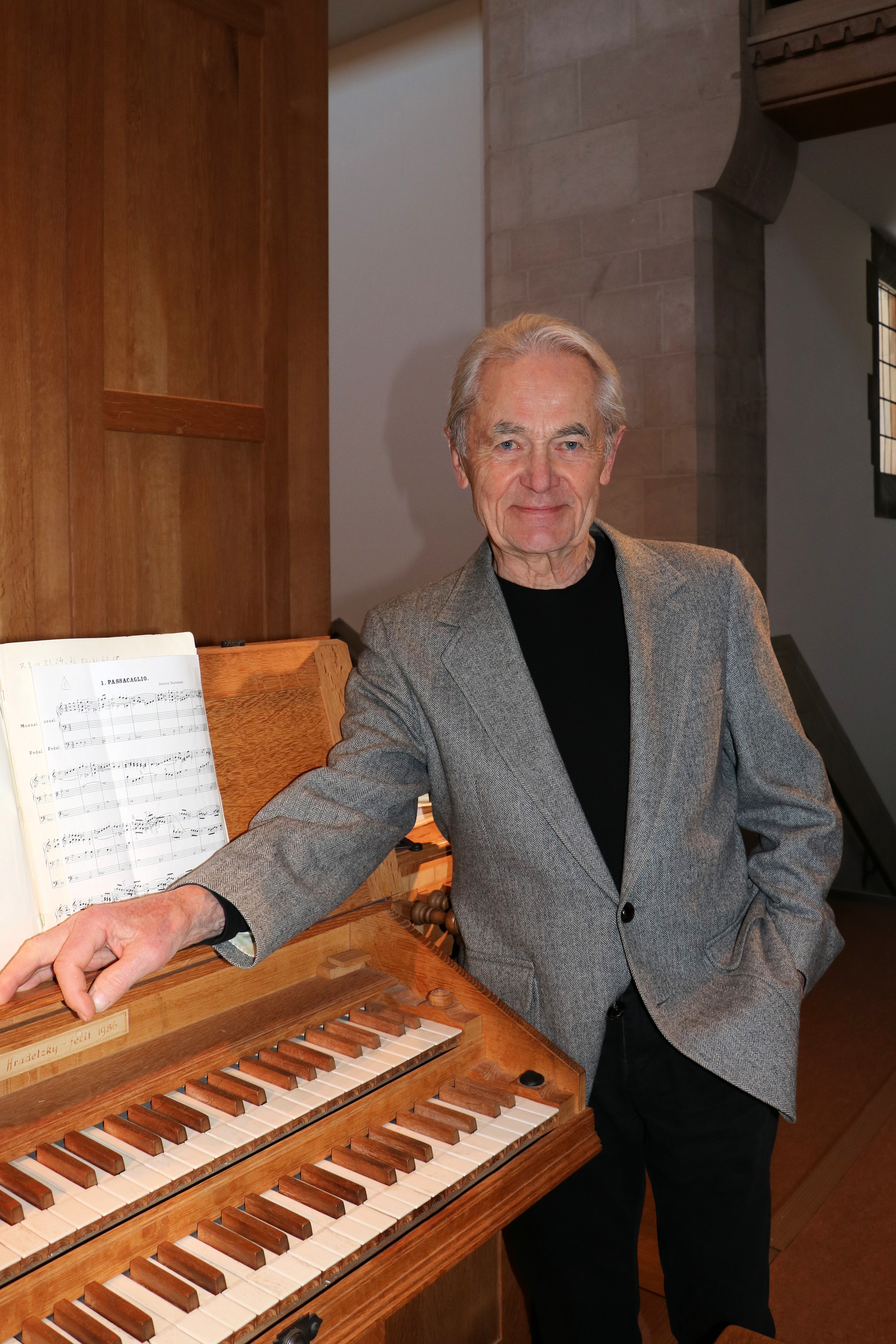
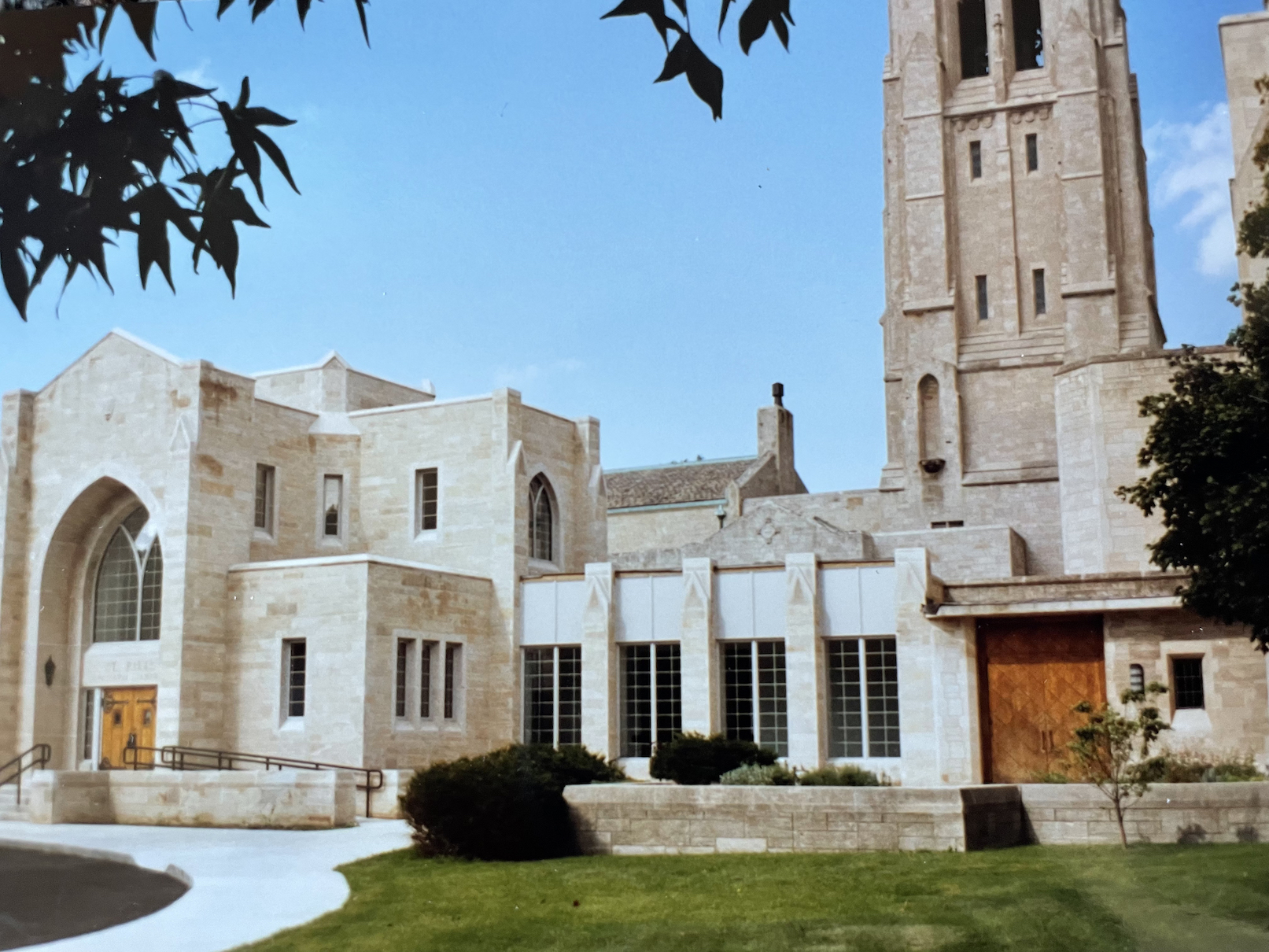
1990
Still needing more church school space, the south wing addition was completed and dedicated under the leadership of the Rev. Nick White, 14th Rector (1983-2002). The hallway art gallery was later renamed and dedicated in 2014 as the Nicholson B. White Art Gallery.
1992
Open Doors, an after-school program for Roxboro Middle School students, was created as a better alternative to locking the church doors to the children who wandered in on their way home from school.
The program grew under the leadership of Annemarie Grassi Amefia, former Jr. High Youth Director at St. Paul’s, becoming Open Doors Academy with programs at 12 campuses.
St. Paul’s continues to welcome Roxboro students each afternoon and has collaborated with ODA on a summer Reading Camp program.
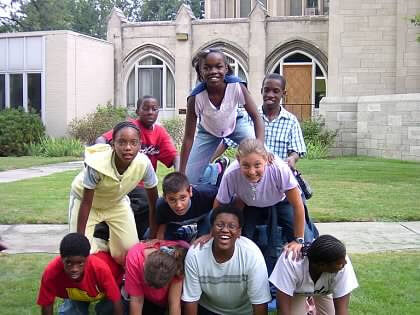
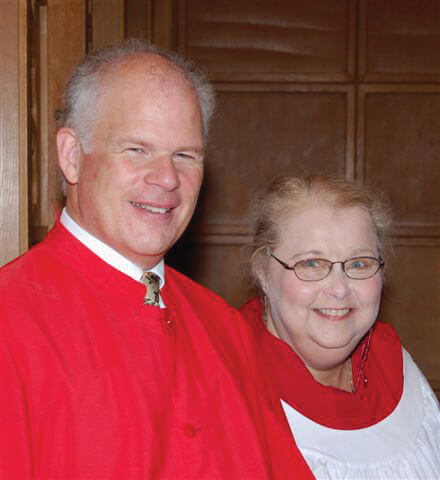
1998
The St. Paul’s choir program for children and youth thrived under the leadership of Rick and Beth Nelson, who introduced the parish to The Royal School of Church Music program (RSCM). Much beloved, “Dr. Beth” passed away in 2015; Dr. Rick Nelson retired in 2018 after 20 years of inspiring young voices. He died in 2024.
2000 and Beyond
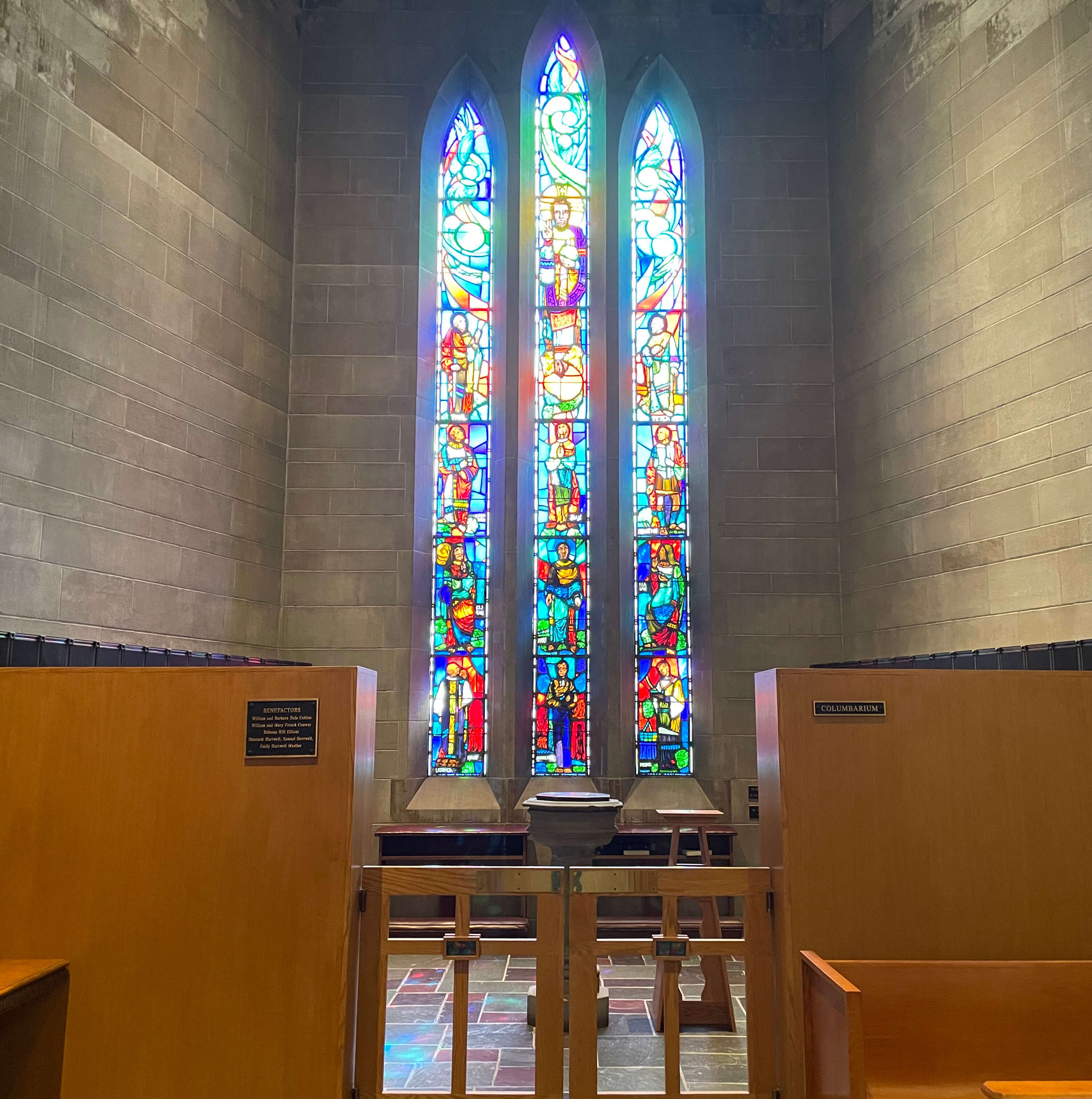
2003
St. Paul’s had extremely limited space for the interment of ashes. Parishioner and architect Bill Collins designed the Columbarium in the back of St. Martin’s Chapel and helped lead the project to see it constructed.
2003
The Chapter of St. Agnes Mission for the Deaf was established in 1925 in Cleveland and was an active member of the Episcopal Conference of the Deaf. They were represented annually at our Diocesan Convention.
By 2003, the St. Agnes mission was no longer canonically viable. Under the guidance of Suffragan Bishop Arthur Williams, the congregation was led to St. Paul’s, where the community was warmly welcomed during the leadership of Interim Rector Gary Goldacker. They have been a vital part of the St. Paul’s community ever since.
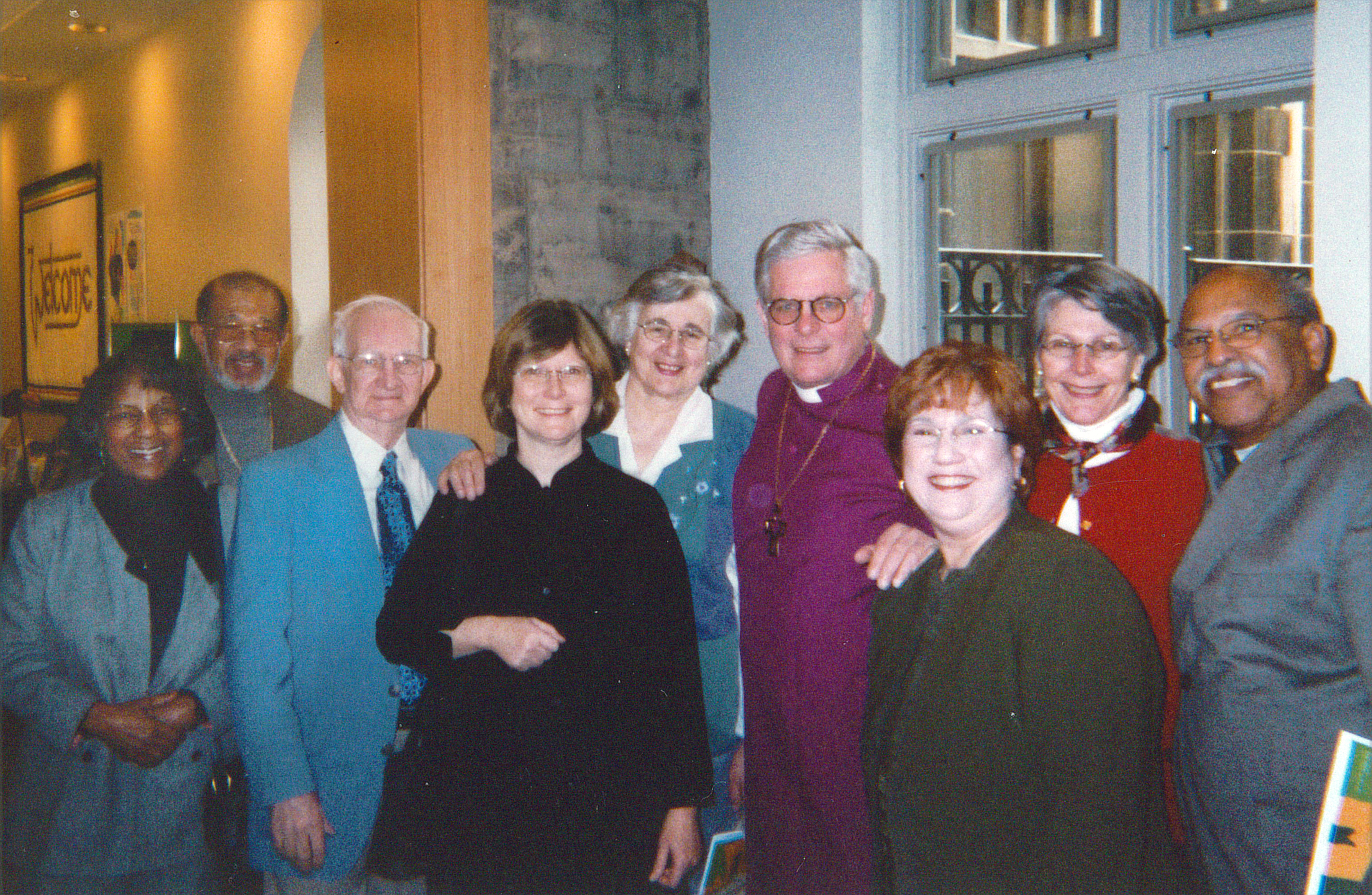
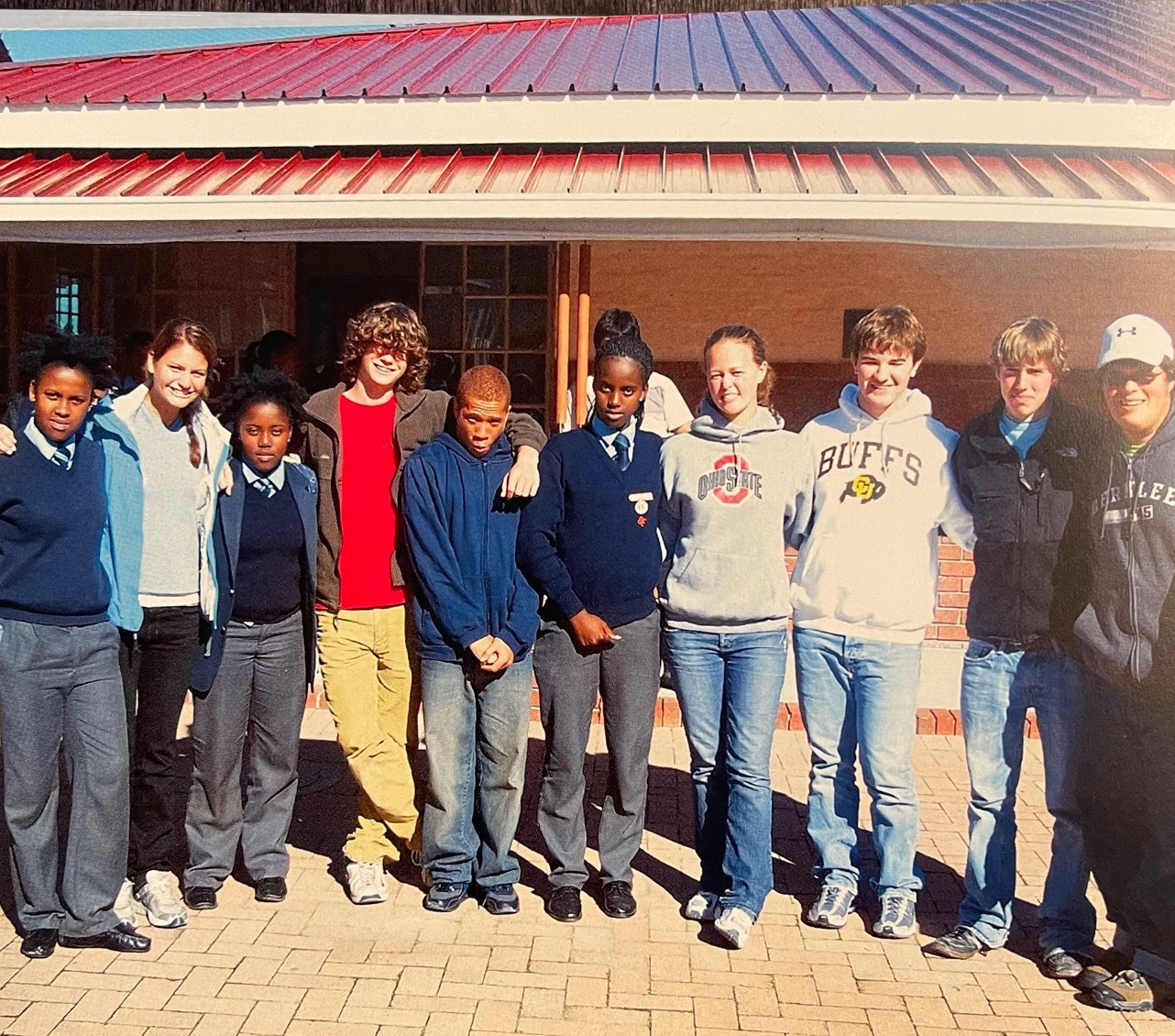
2008
Through parishioners Rich and Mary Nodar, St. Paul’s initially developed a partnership with the Diocese of False Bay in South Africa. As part of our relationship with parish communities in the False Bay diocese, the first St. Paul’s youth pilgrimage to South Africa occurred in 2008.
2011
A large group of South African youth and adult pilgrims visited St. Paul’s in 2011 and were greeted with much enthusiasm and extraordinary hospitality by the St. Paul’s community.
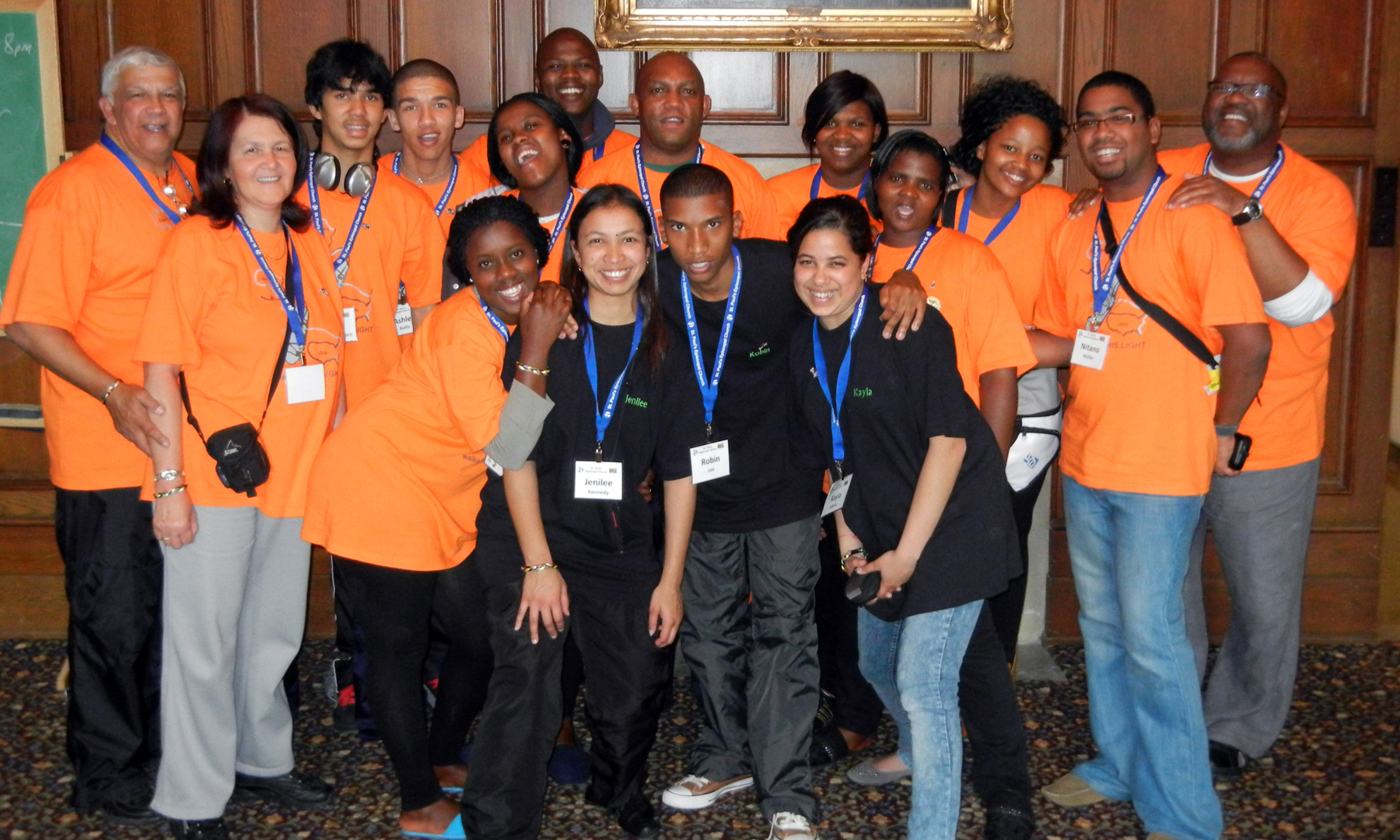
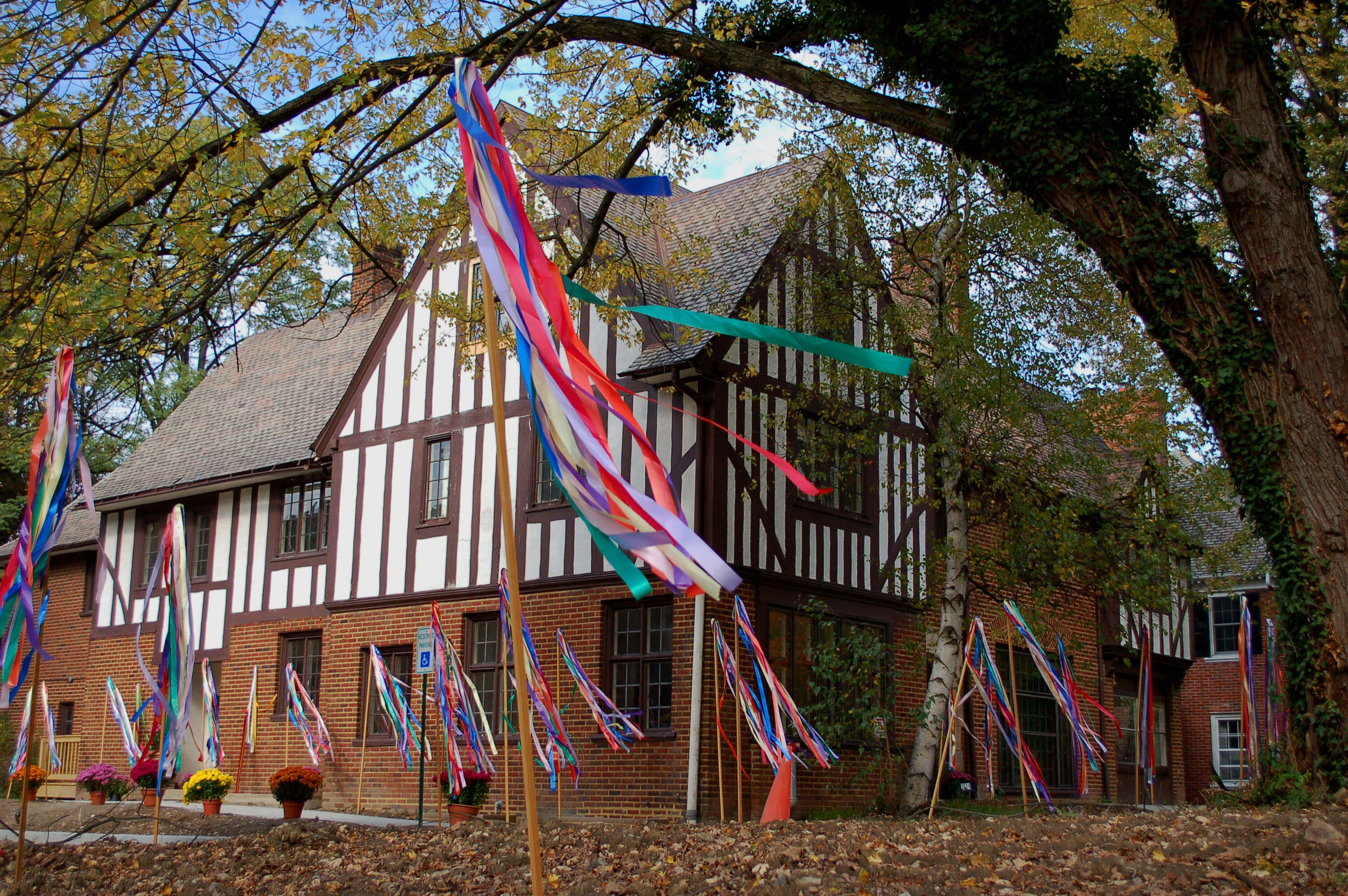
2011
Under the leadership of The Rev. Alan Gates, 15th Rector (2004-2014), St. Paul’s embarked on a significant discernment process, a Capital Campaign, and a large construction project.
- Offices were removed from Tucker Hall;
- The nave, dining room, and kitchen were renovated;
- A new north entrance and new parish office were created;
- Coventry House was purchased and remodeled to house staff offices.
2011
Greater Cleveland Congregations was formed with St. Paul’s as one of its founding and most active members.
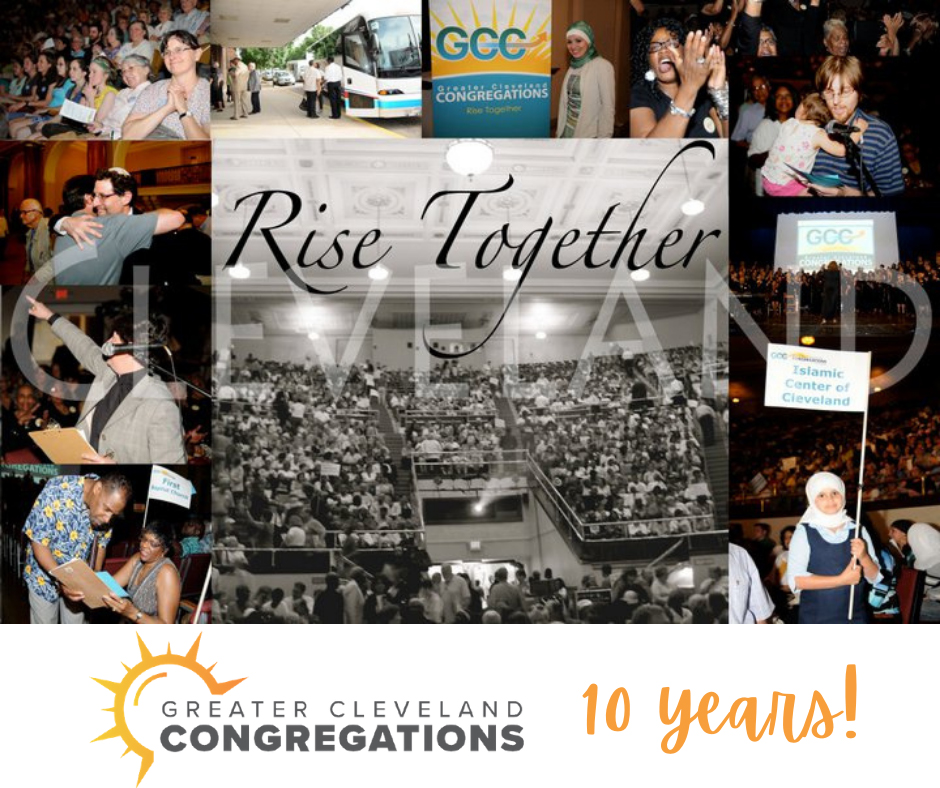

2014
After serving as the Rector of St. Paul’s for 10 years, the Rev. Alan M. Gates was elected Bishop of Massachusetts in April, 2014.
2015
The Rev. Jeanne Leinbach was called as St. Paul’s 16th and first female rector. She led the parish through the pandemic as well as a successful capital campaign in 2022-23 that raised $8.3 million to support infrastructure needs, improvements to the nave system, restoration of the Holtkamp organ, additional funds for outreach efforts, and substantial additions to the St. Paul’s endowment.
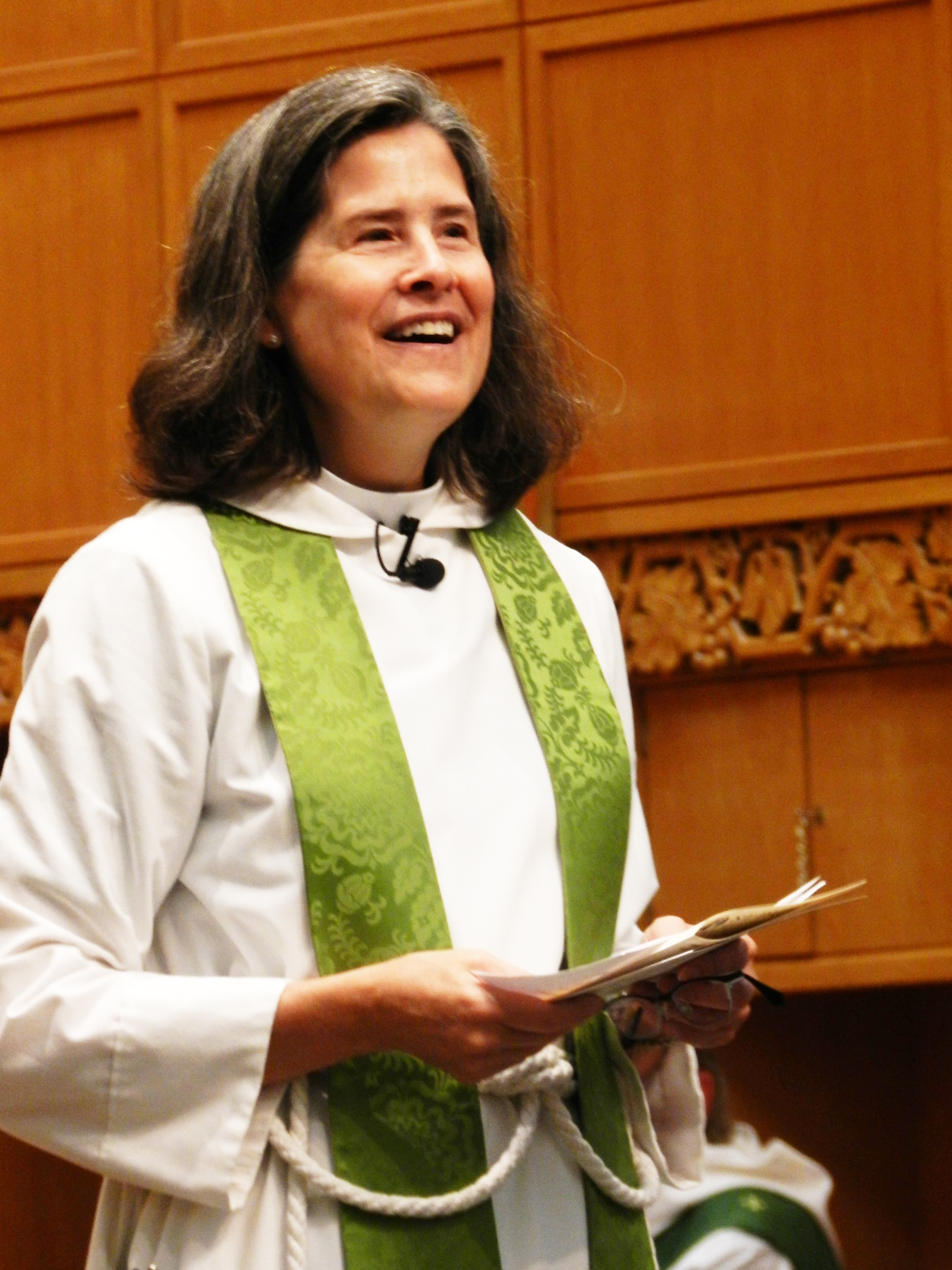
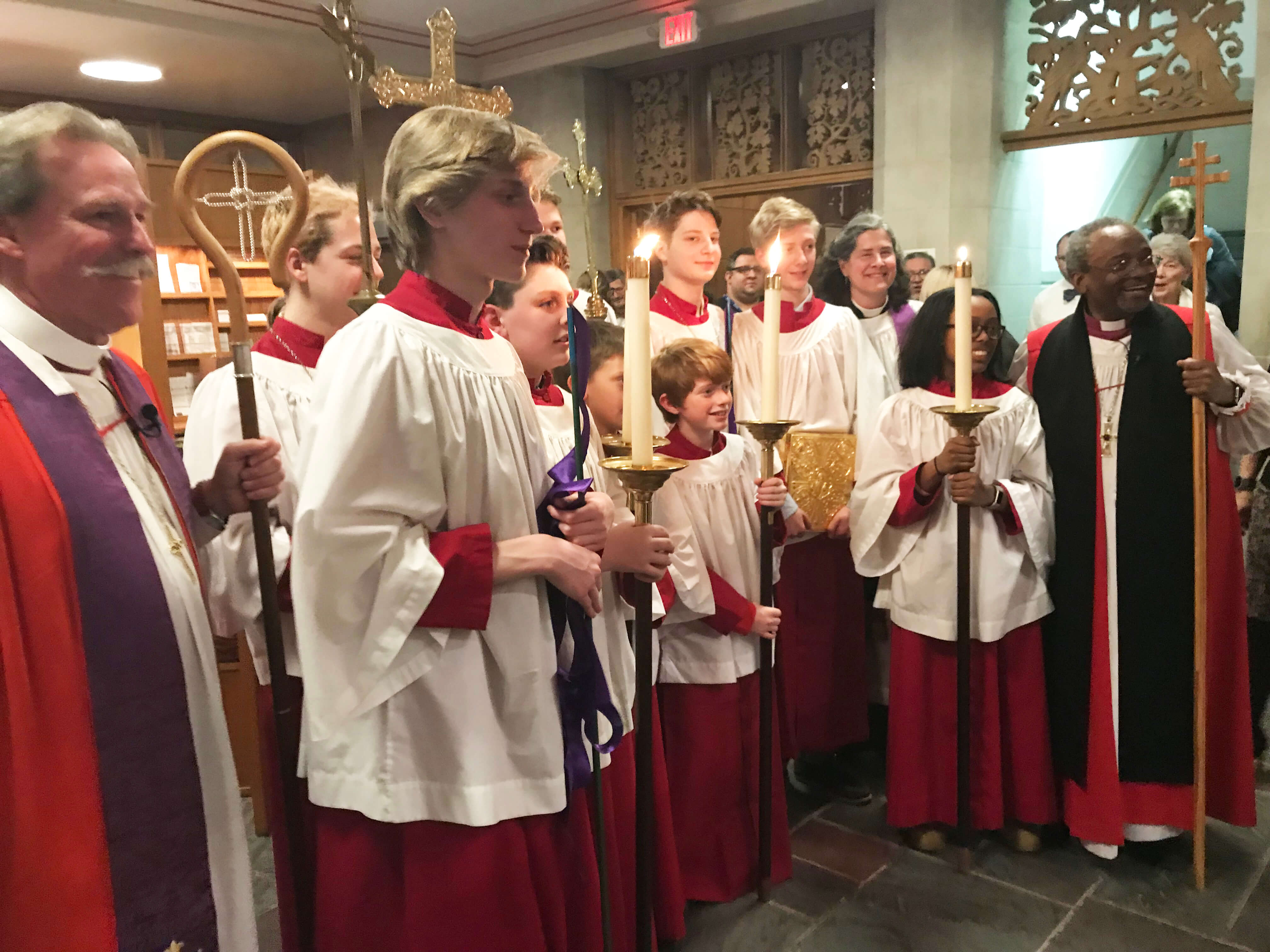
2018
With Presiding Bishop Michael Curry, St. Paul’s hosted the second Evangelism Matters conference of The Episcopal Church. Bishop Curry preached to a standing-room-only assembly of conference participants and parishioners.
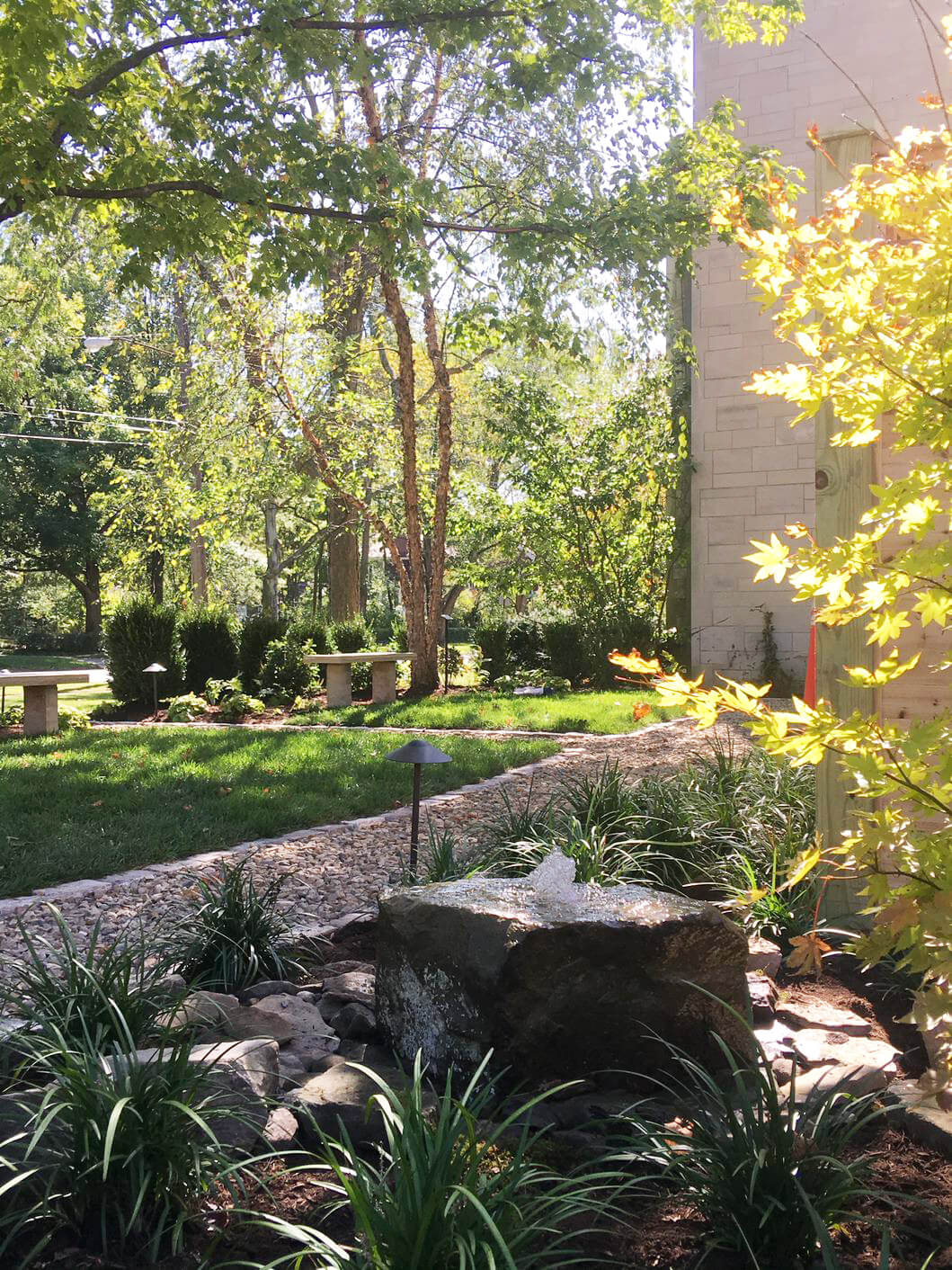
2021
The Taylor Memorial Garden was dedicated as both an outdoor space for the interment of ashes as well as a peaceful and contemplative garden on the grounds of the church.
2023
On April 29, 2023, the Right Reverend Anne B. Jolly was ordained and consecrated as Bishop Coadjutor, making her the first female Bishop in the Diocese of Ohio.
